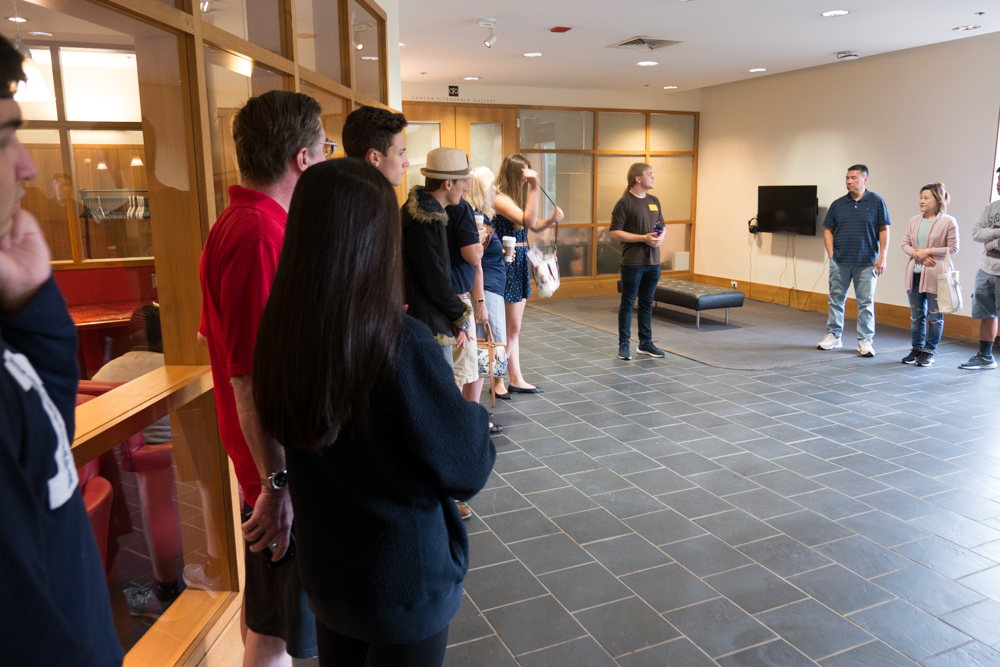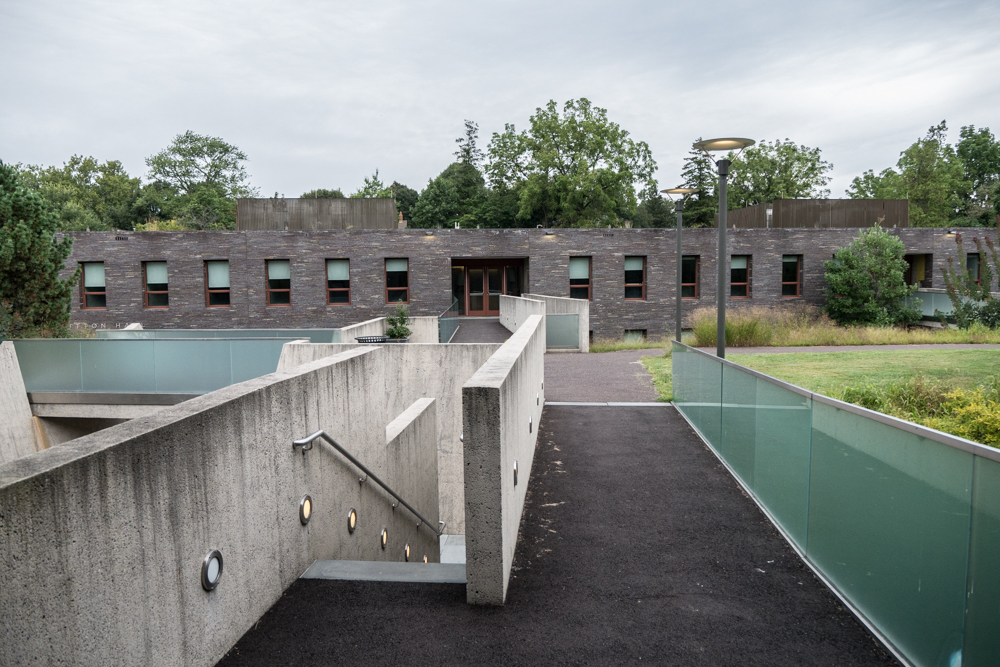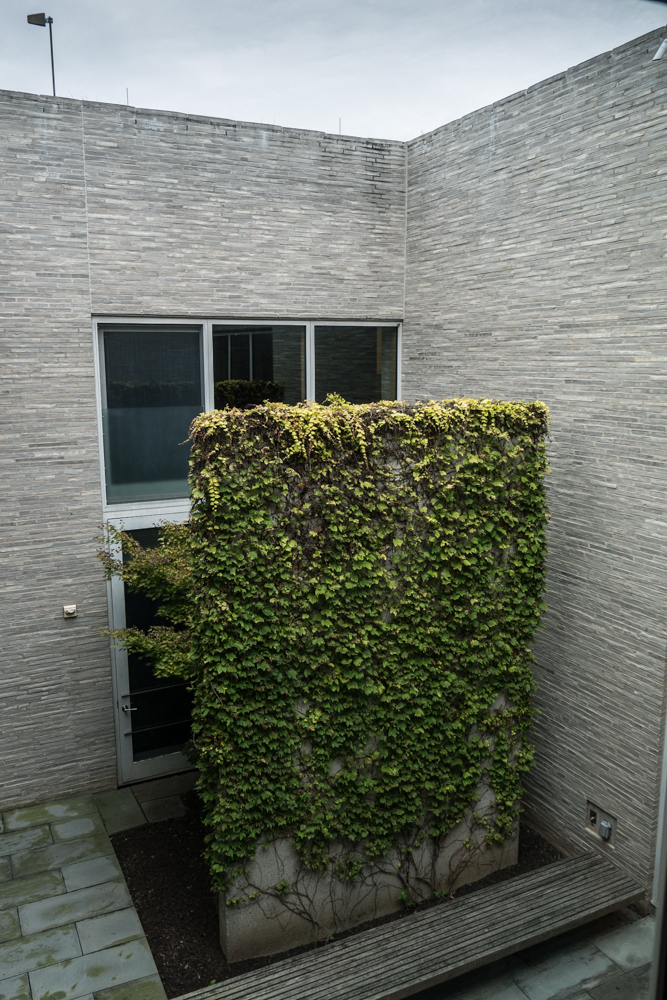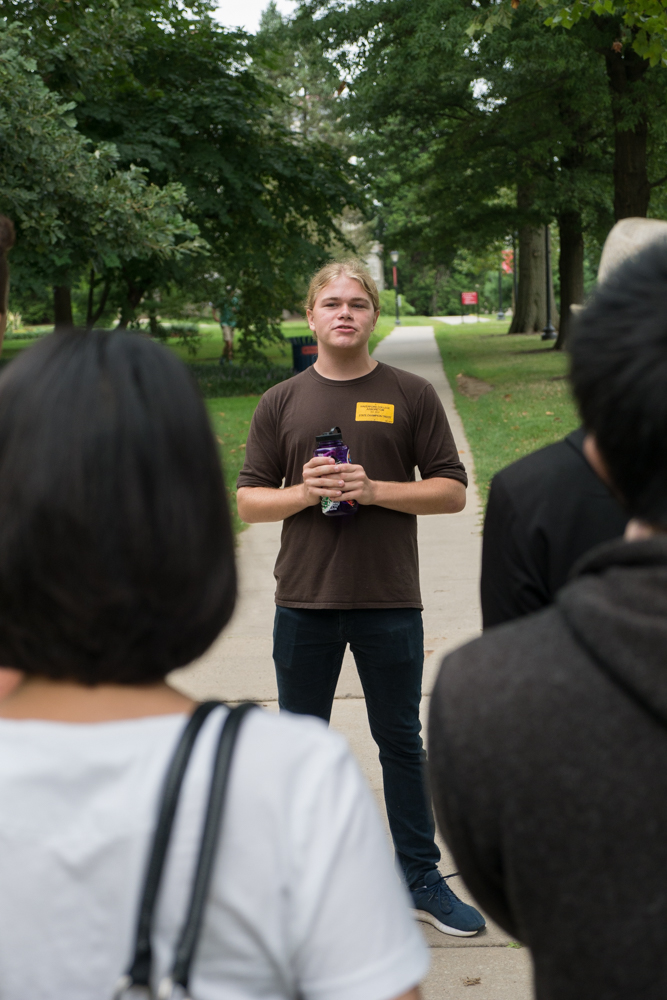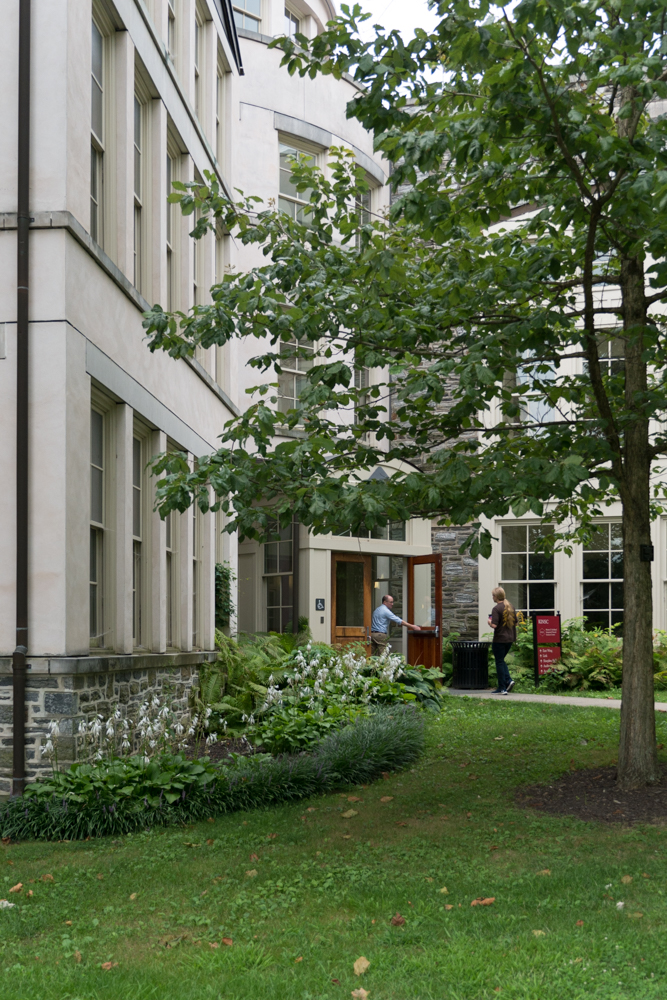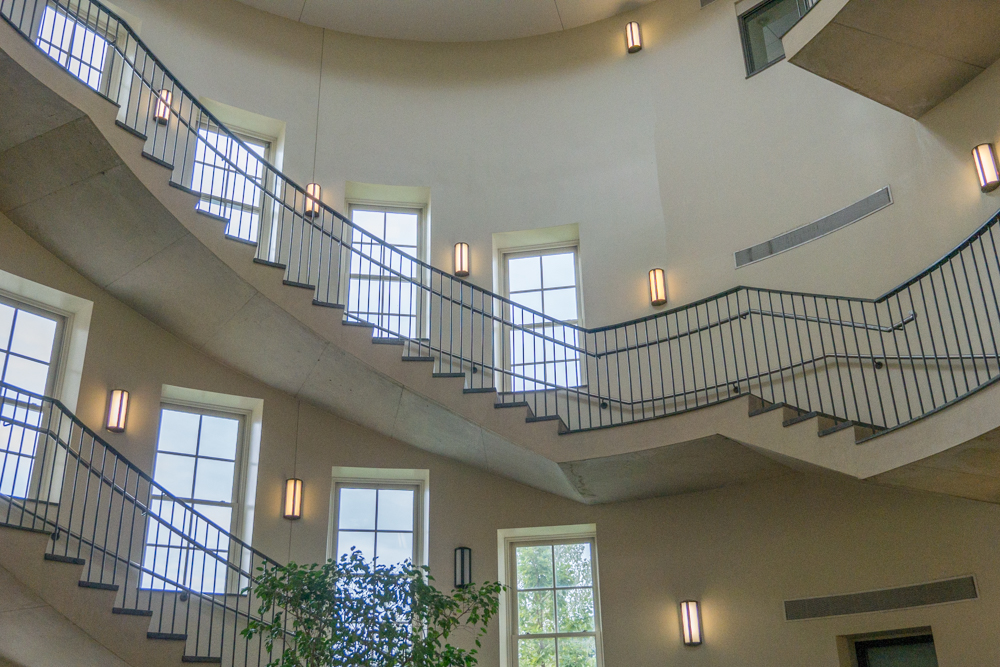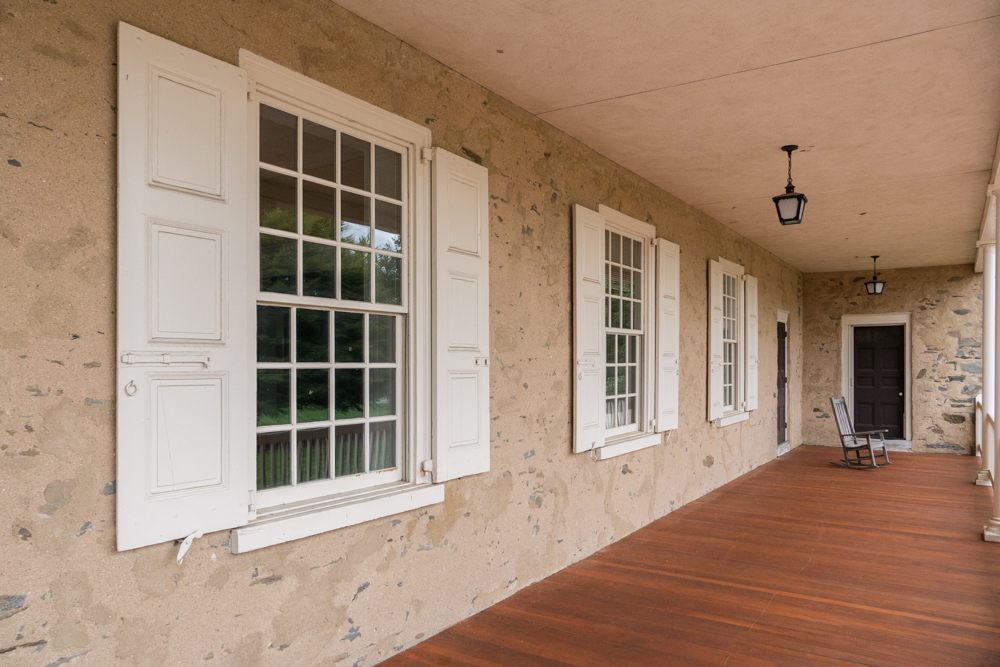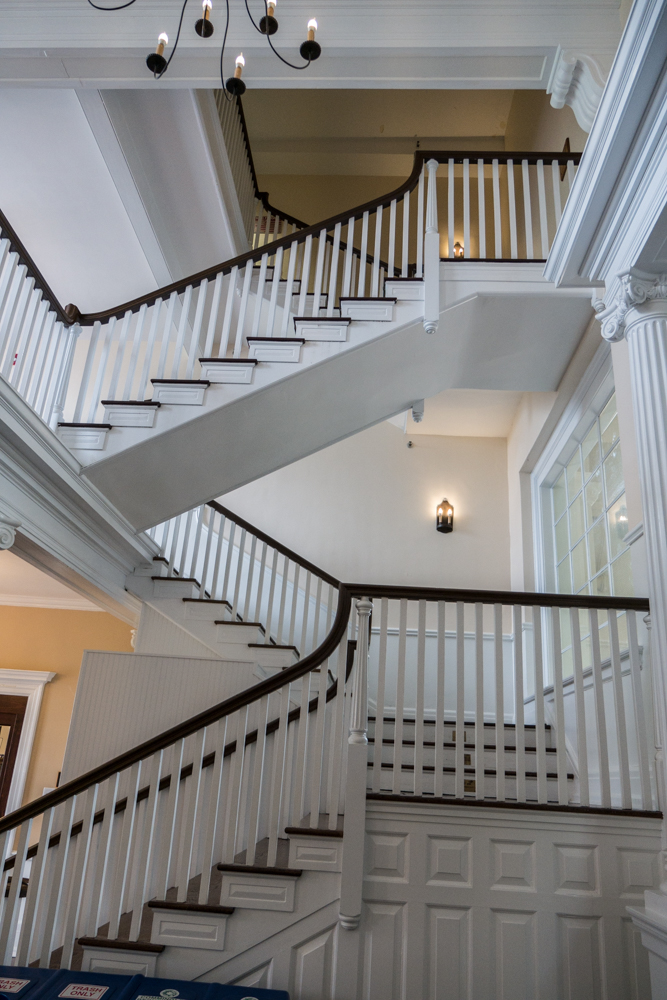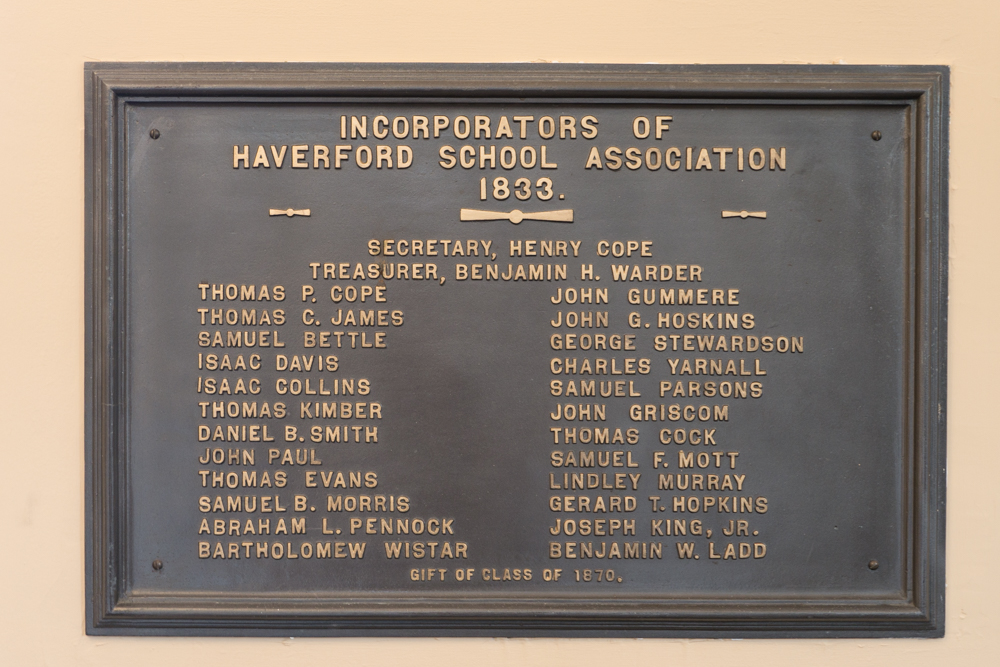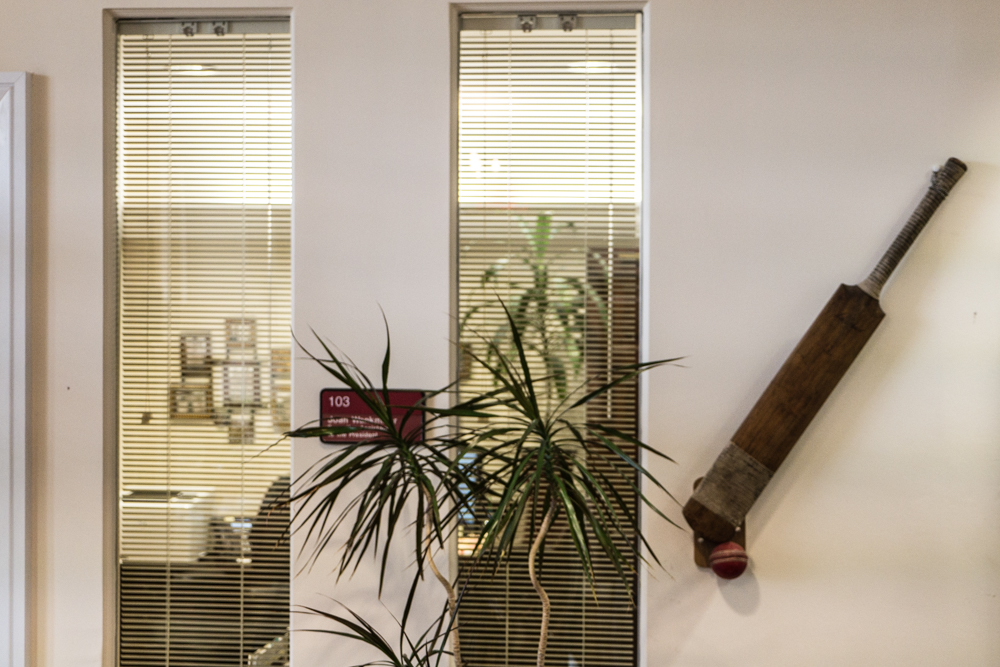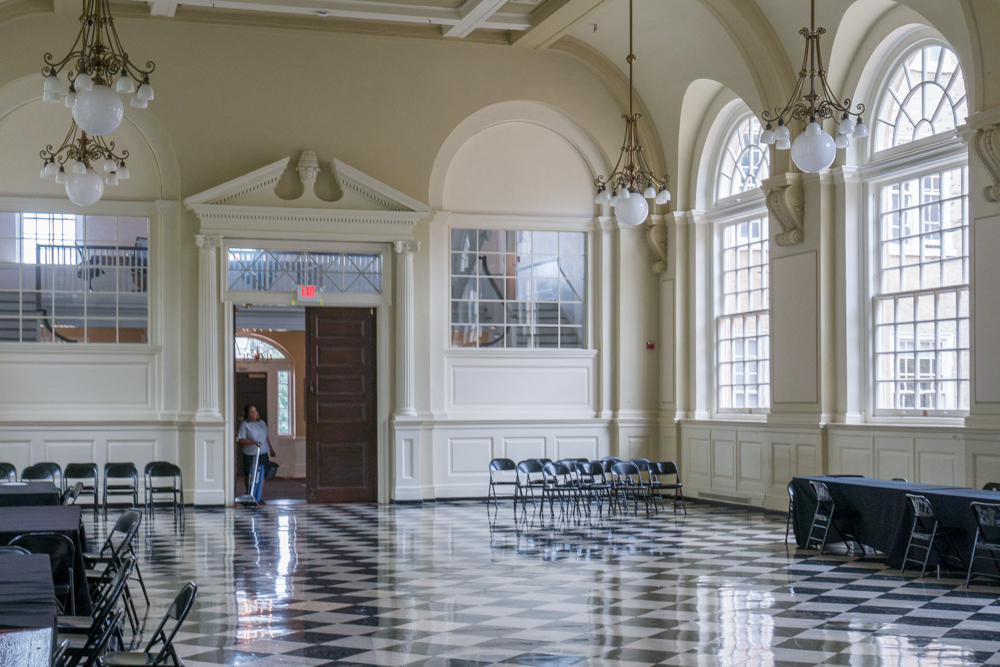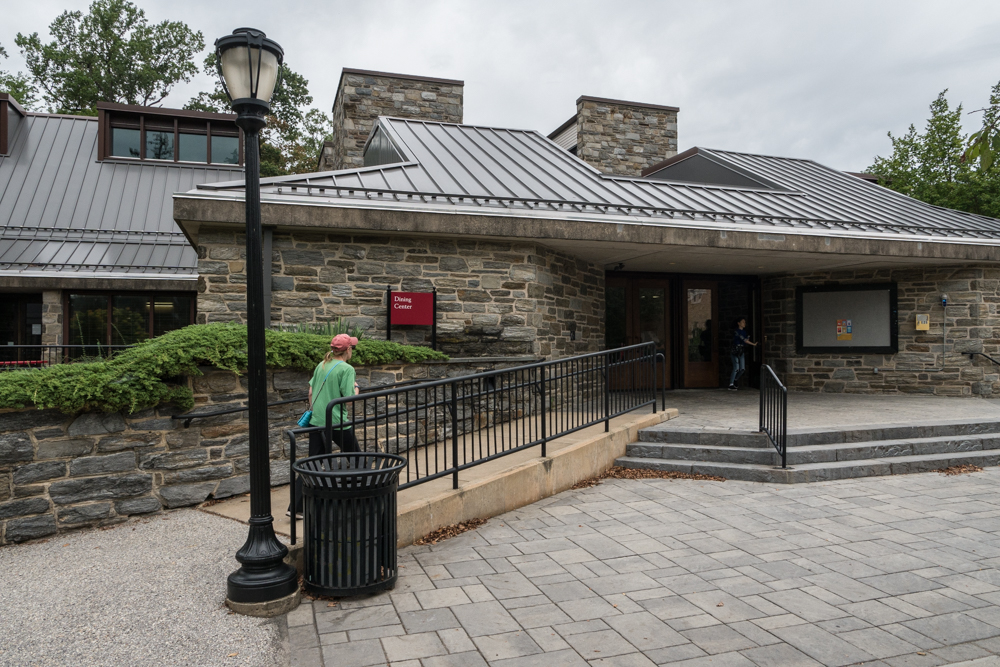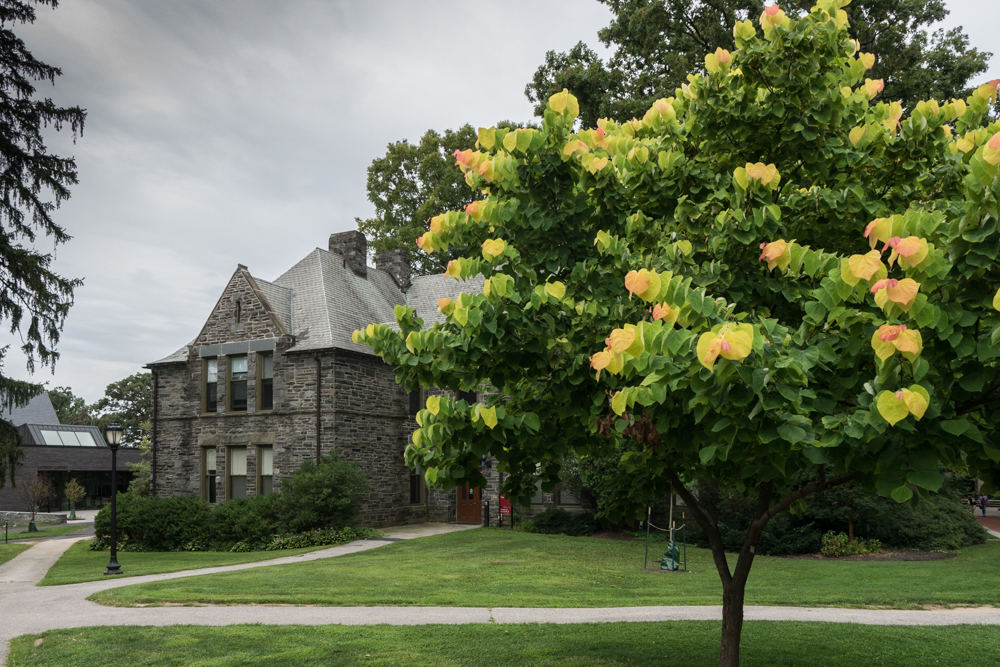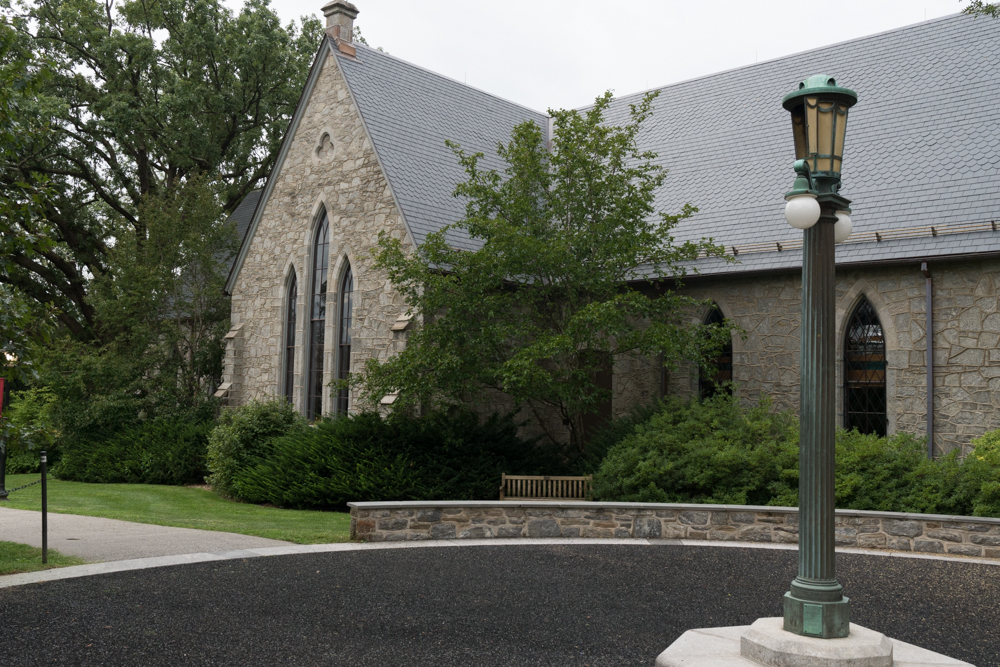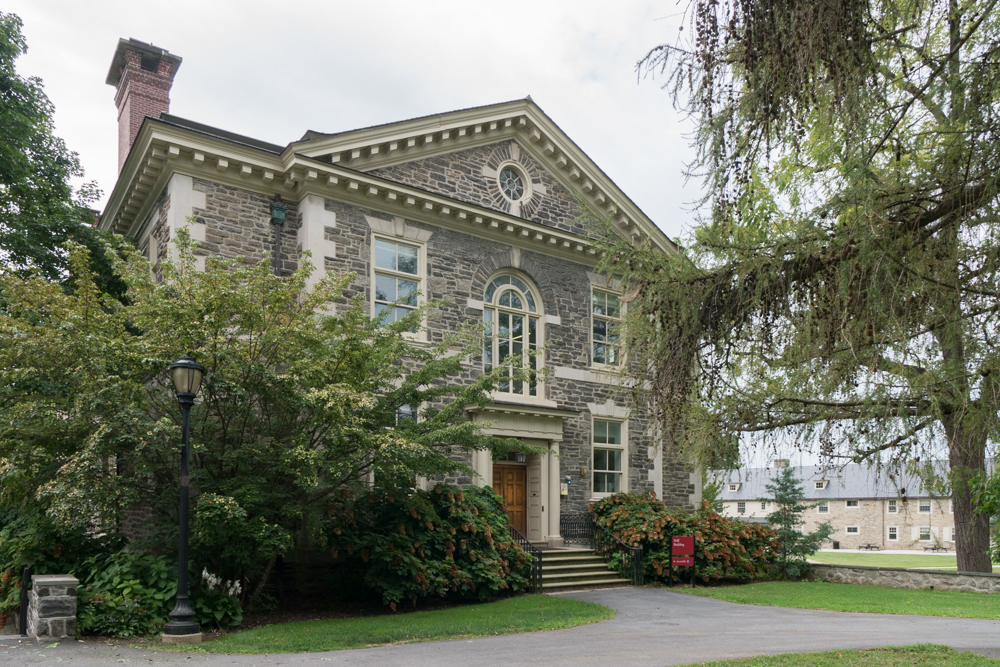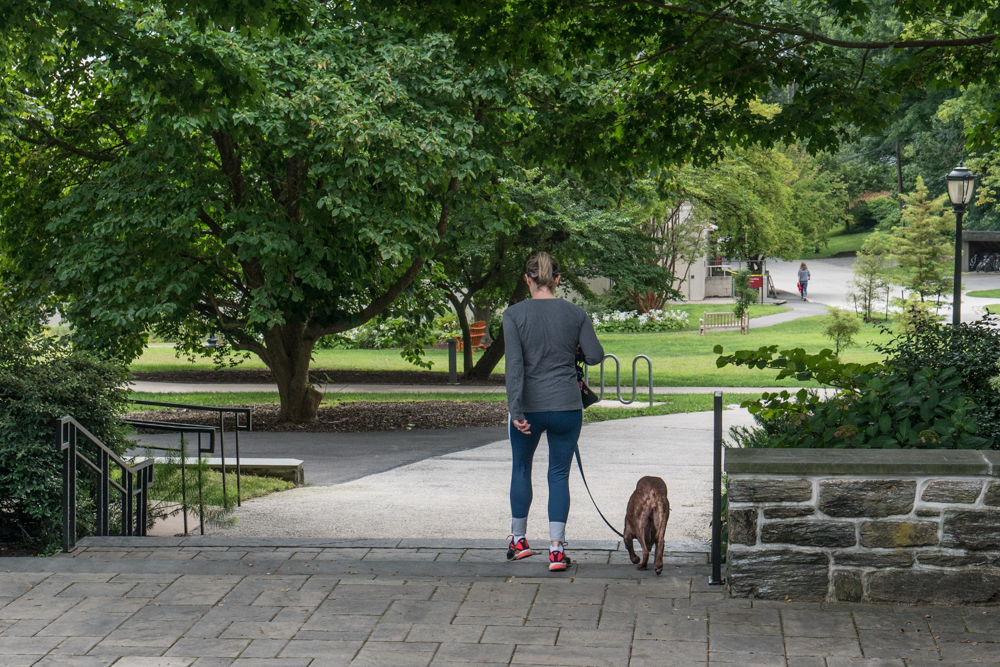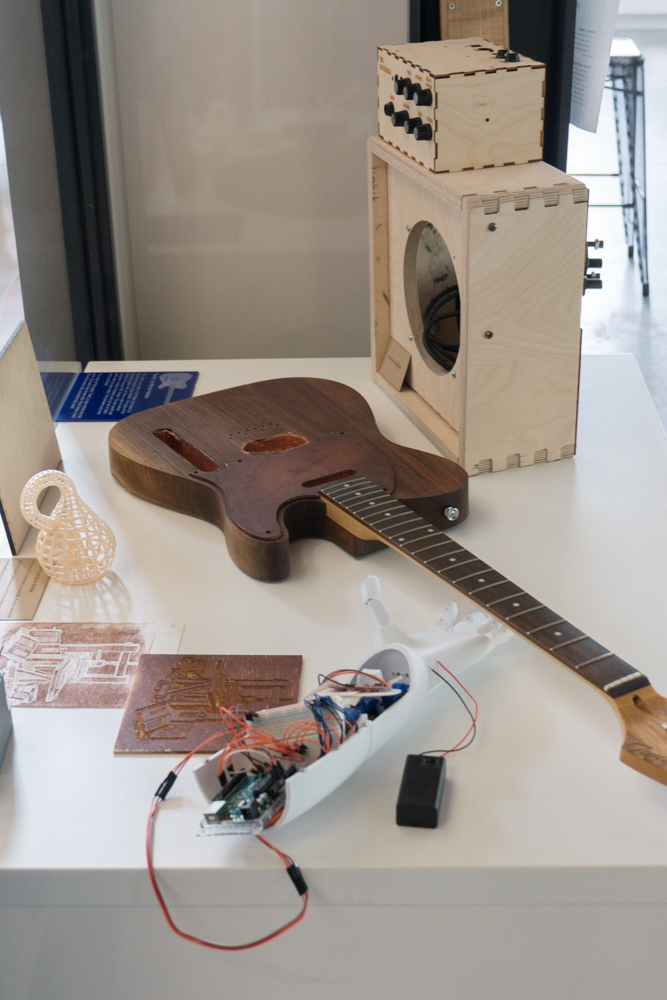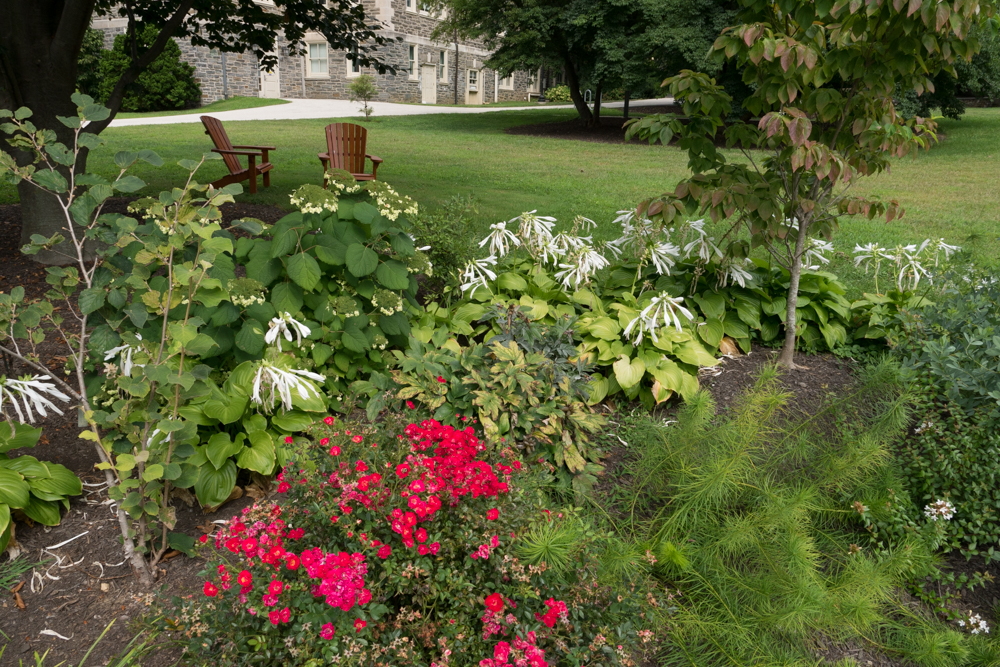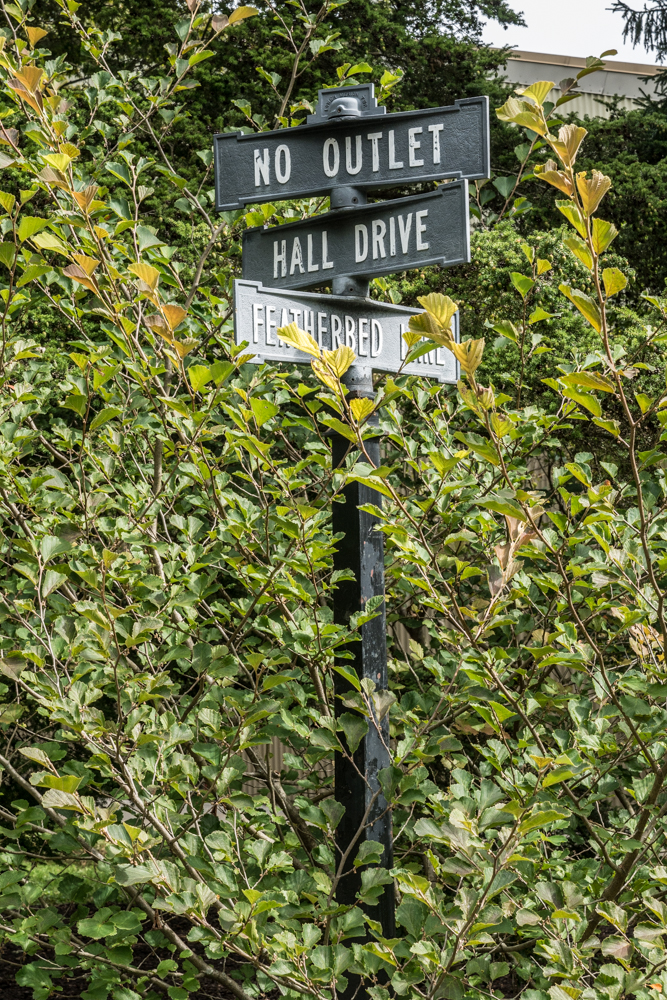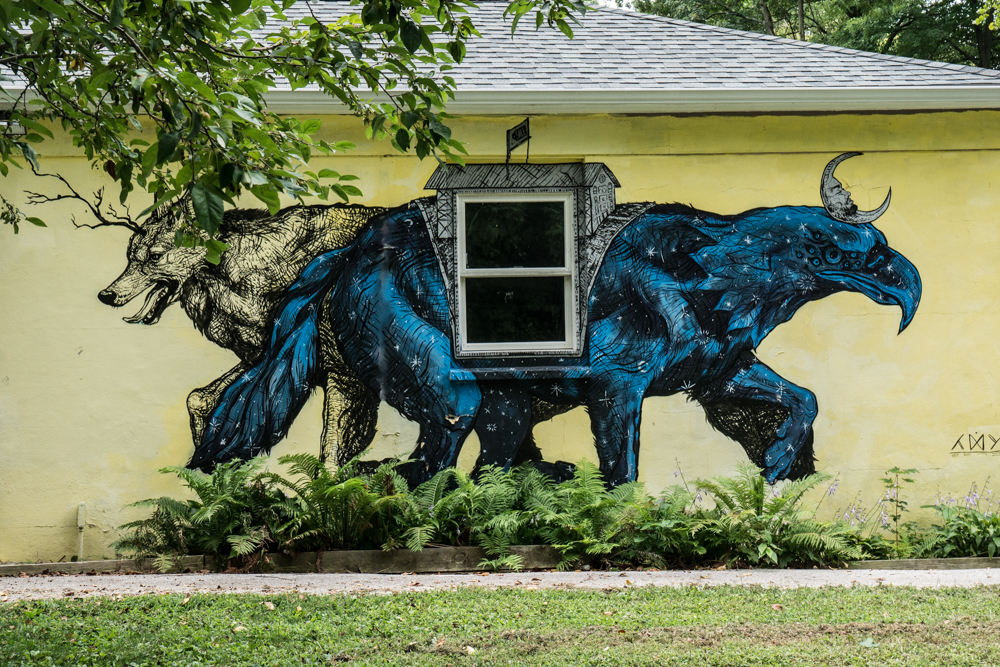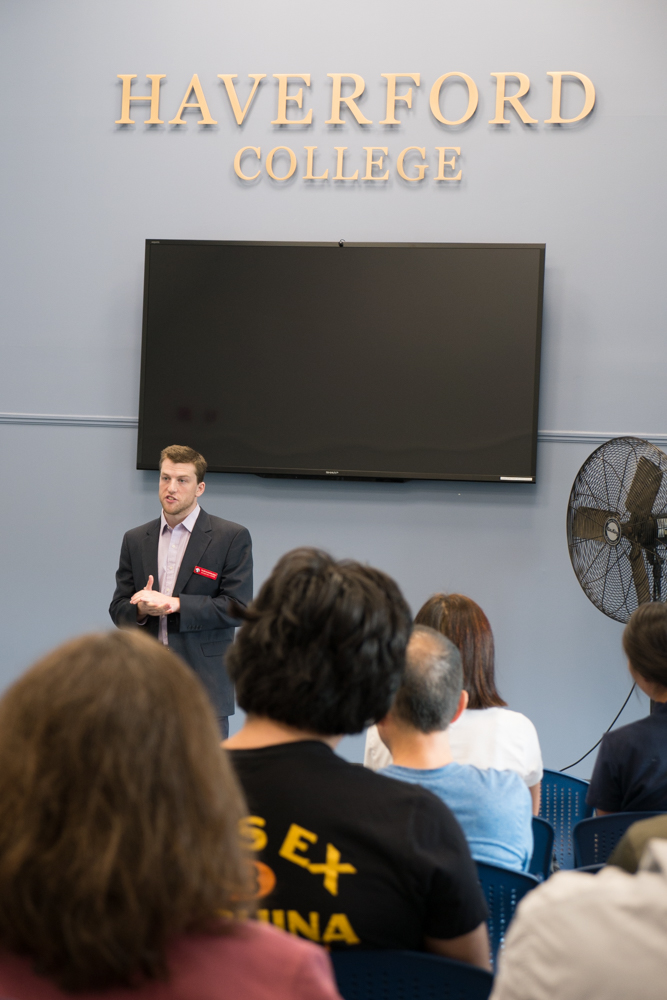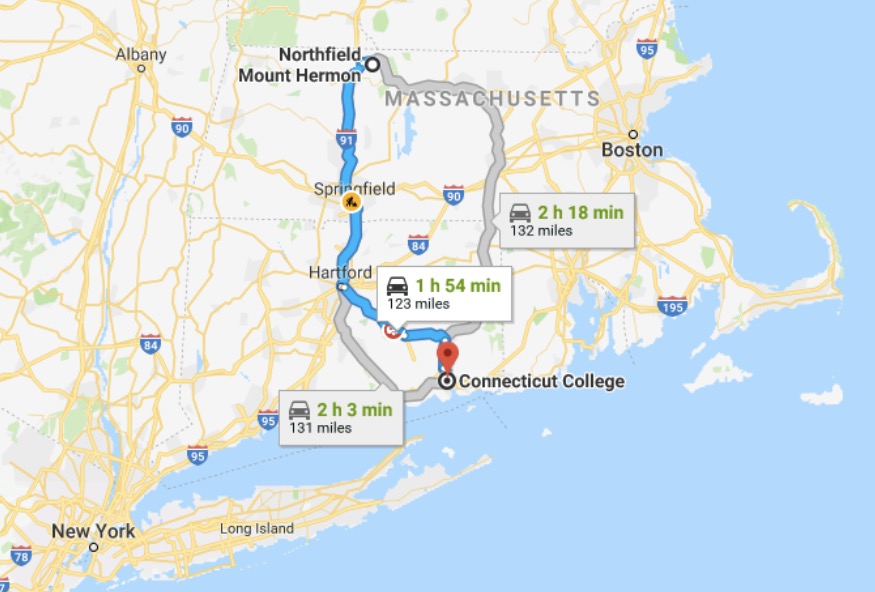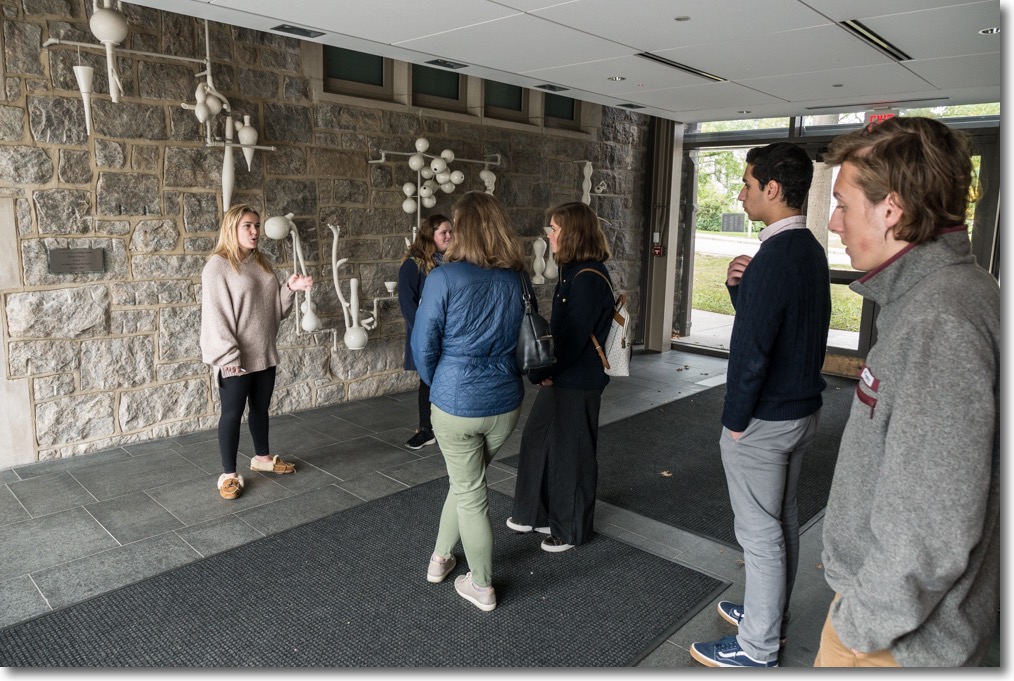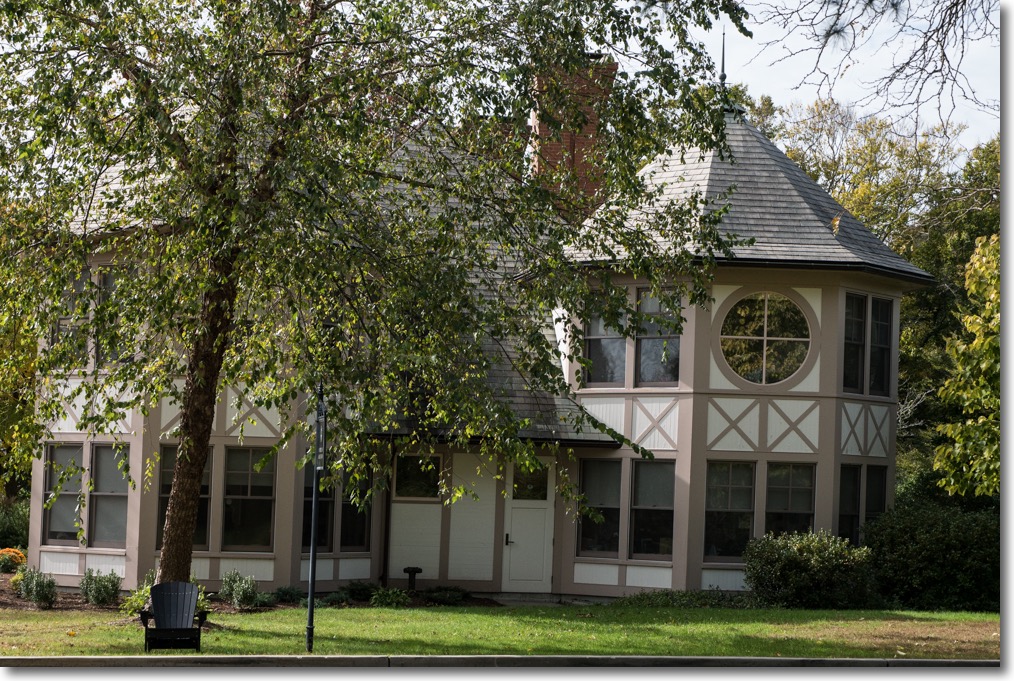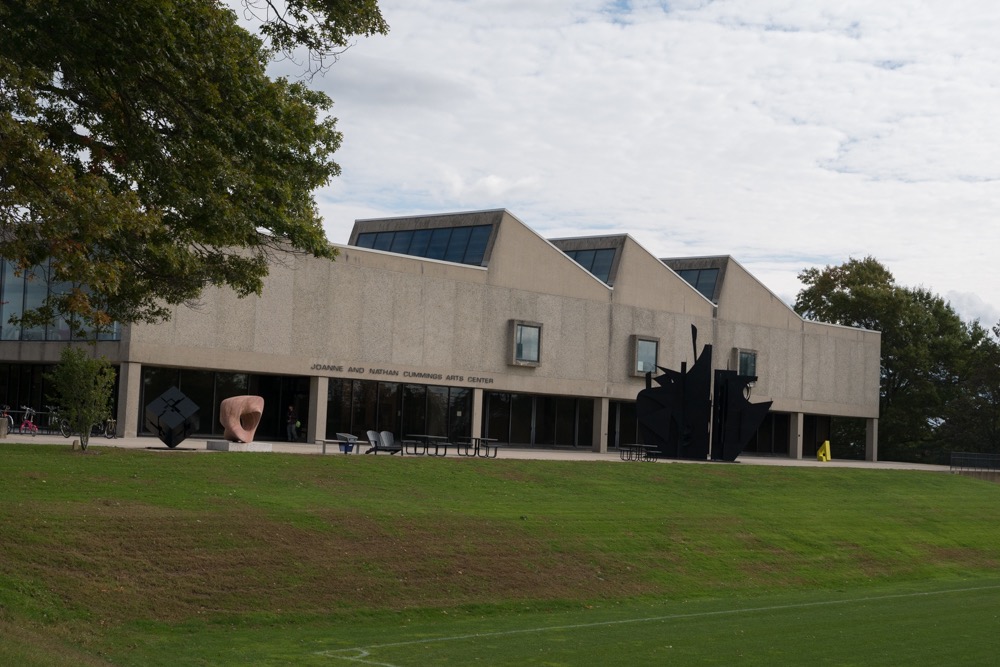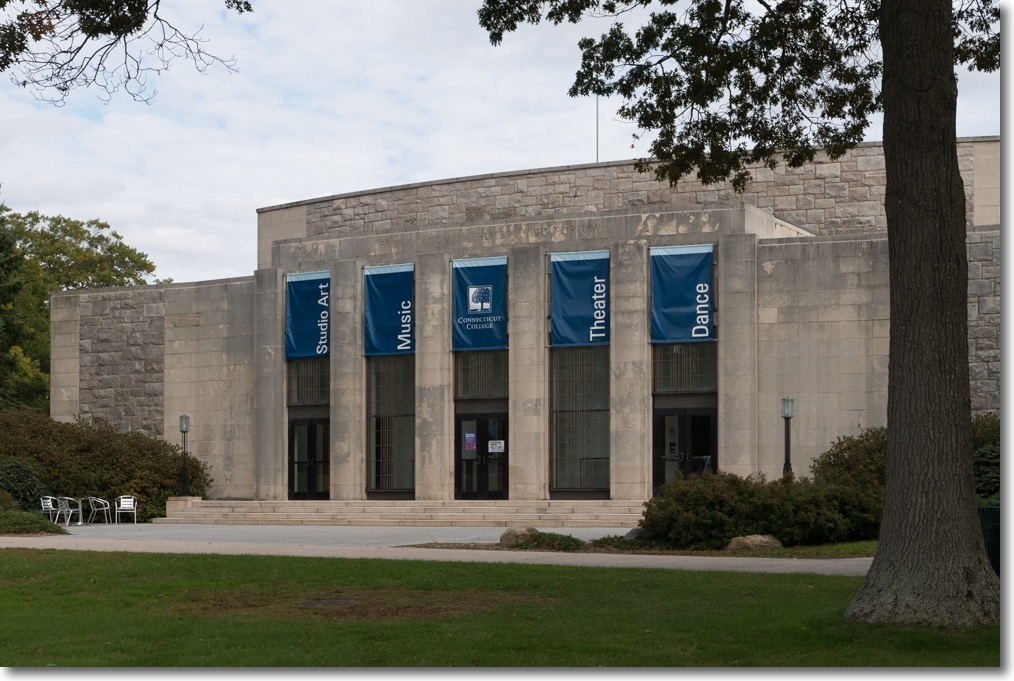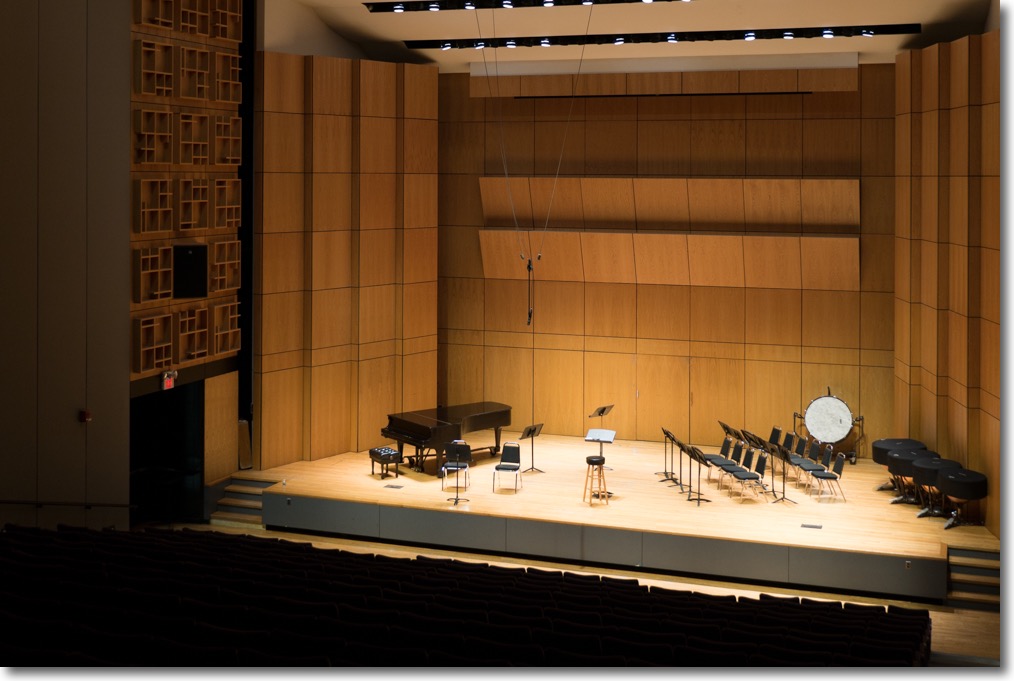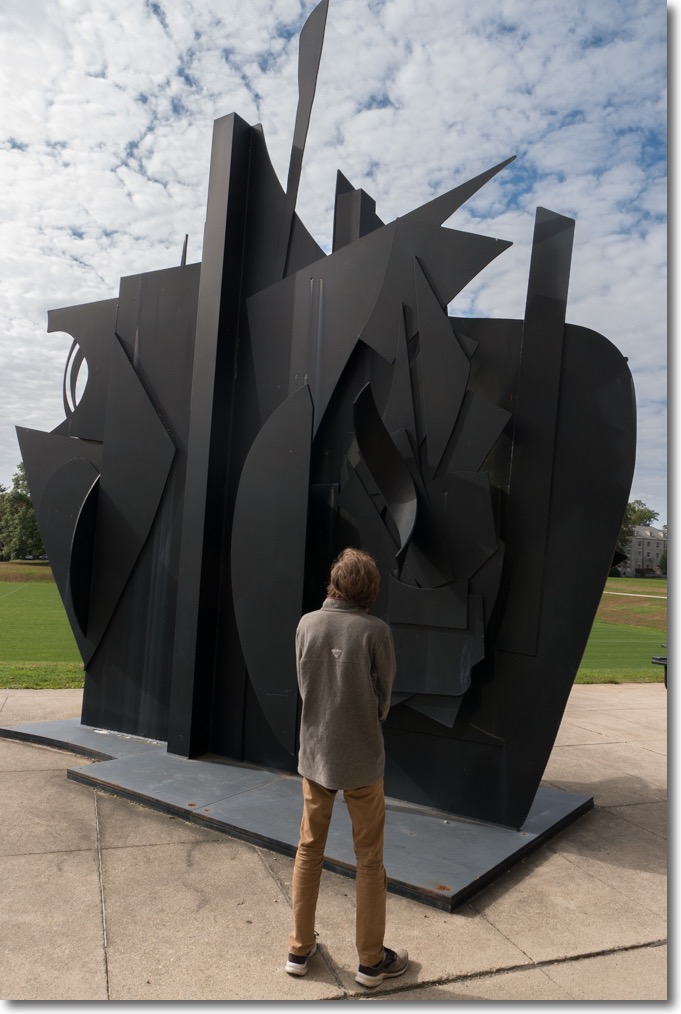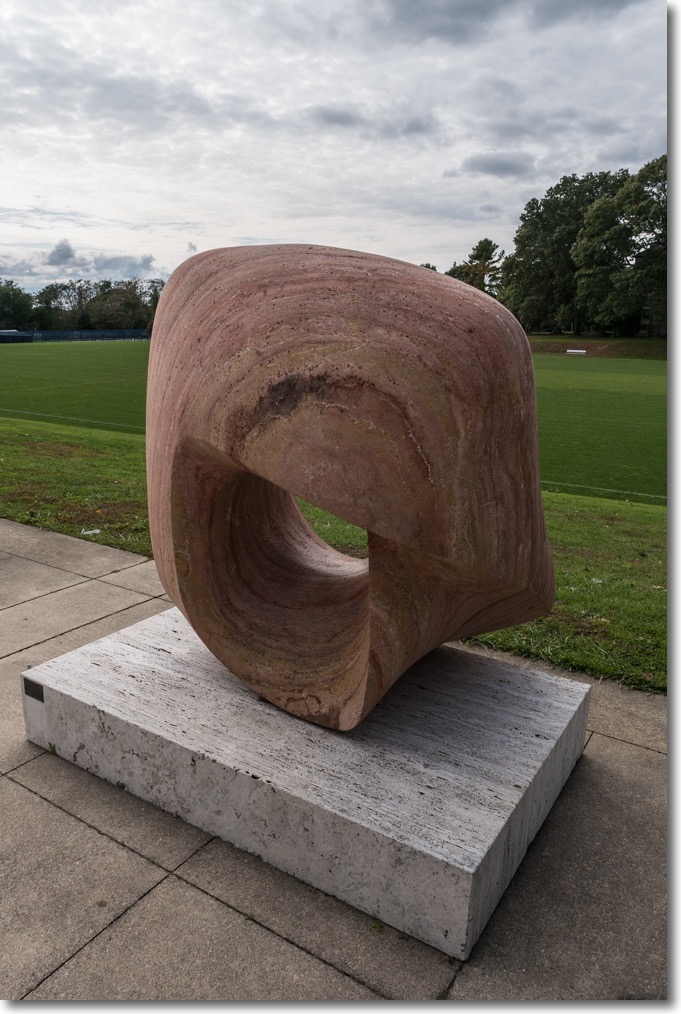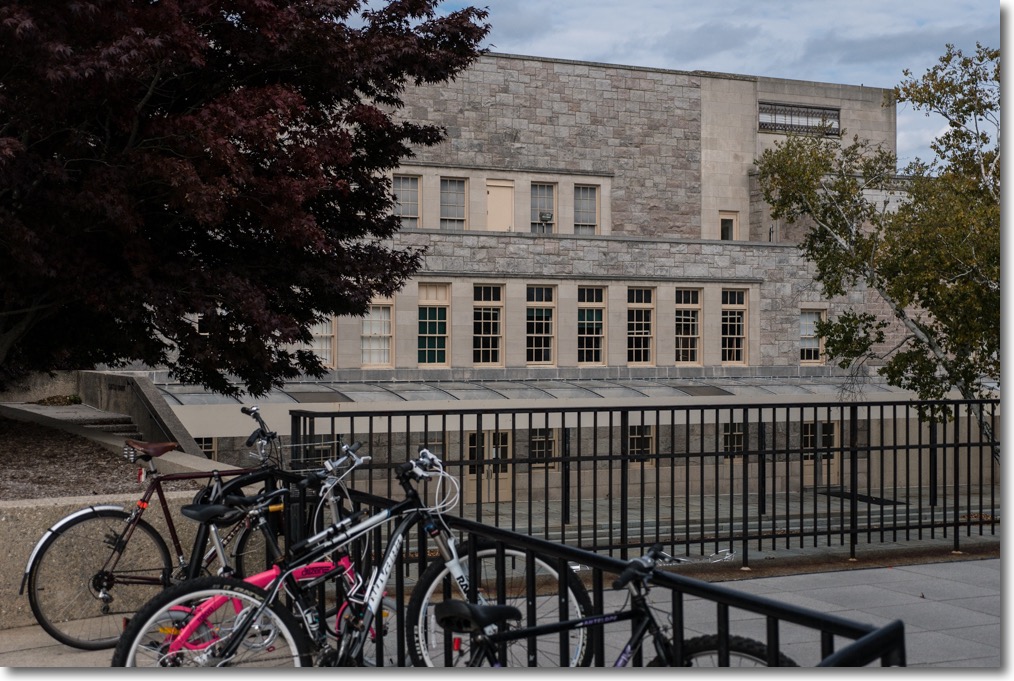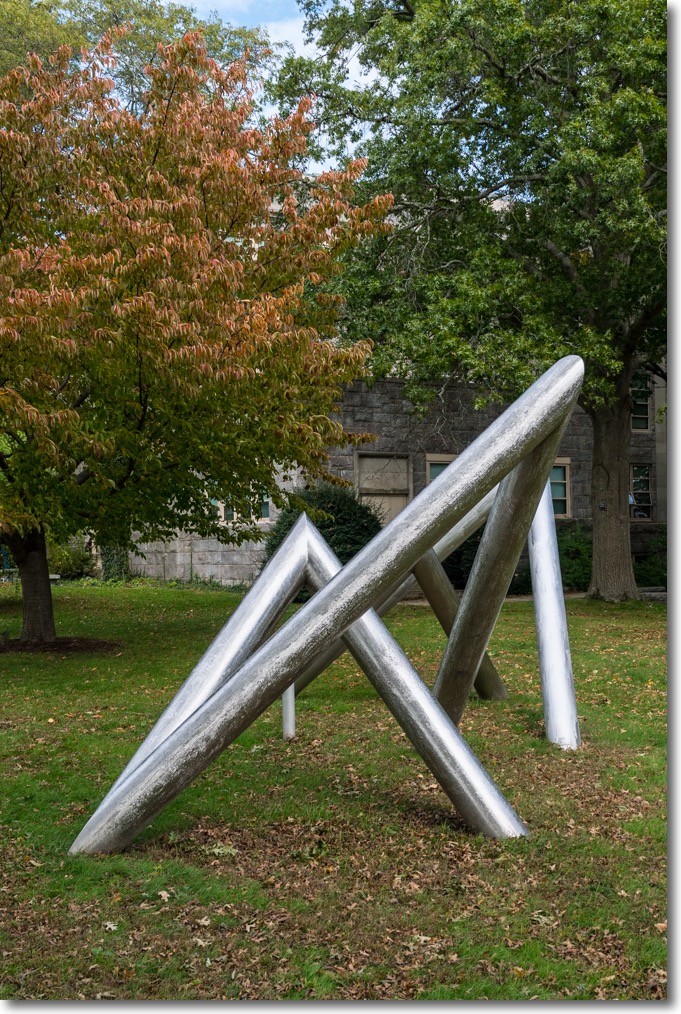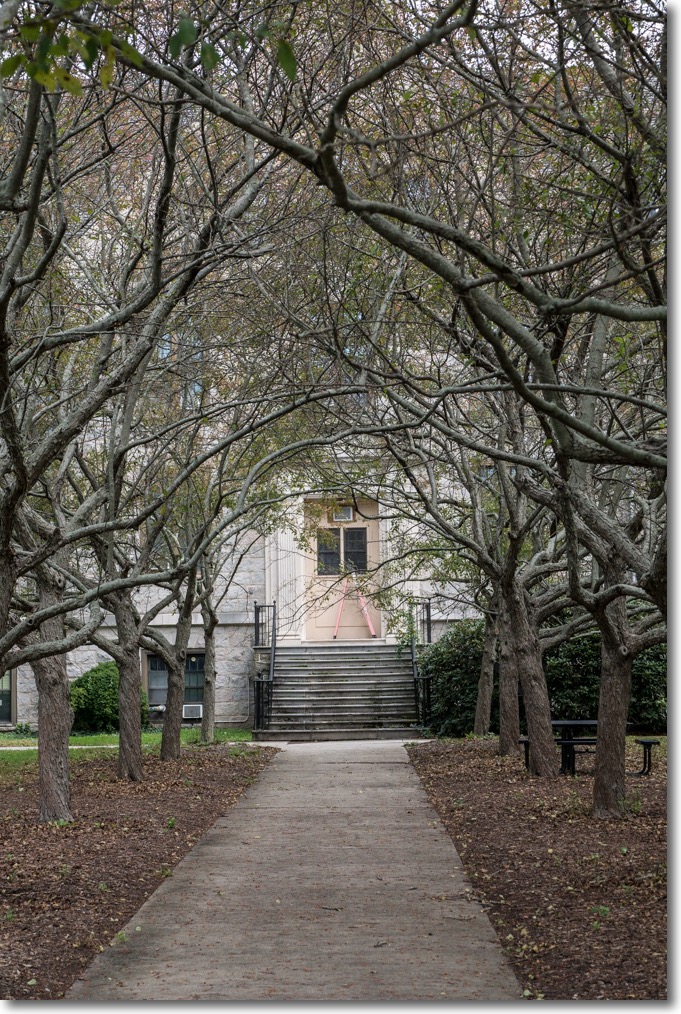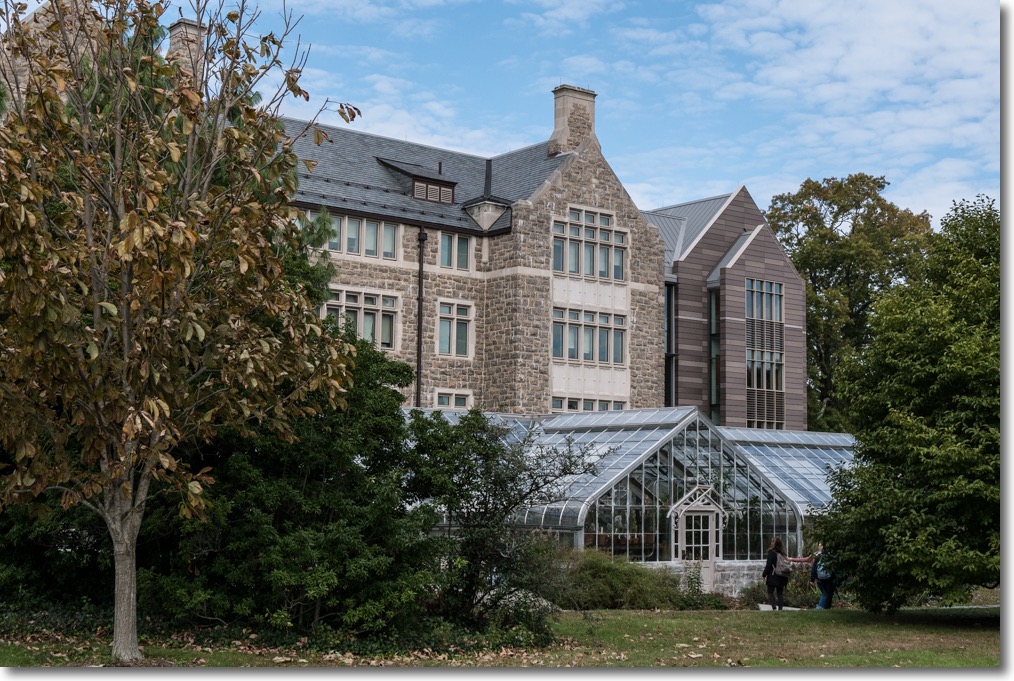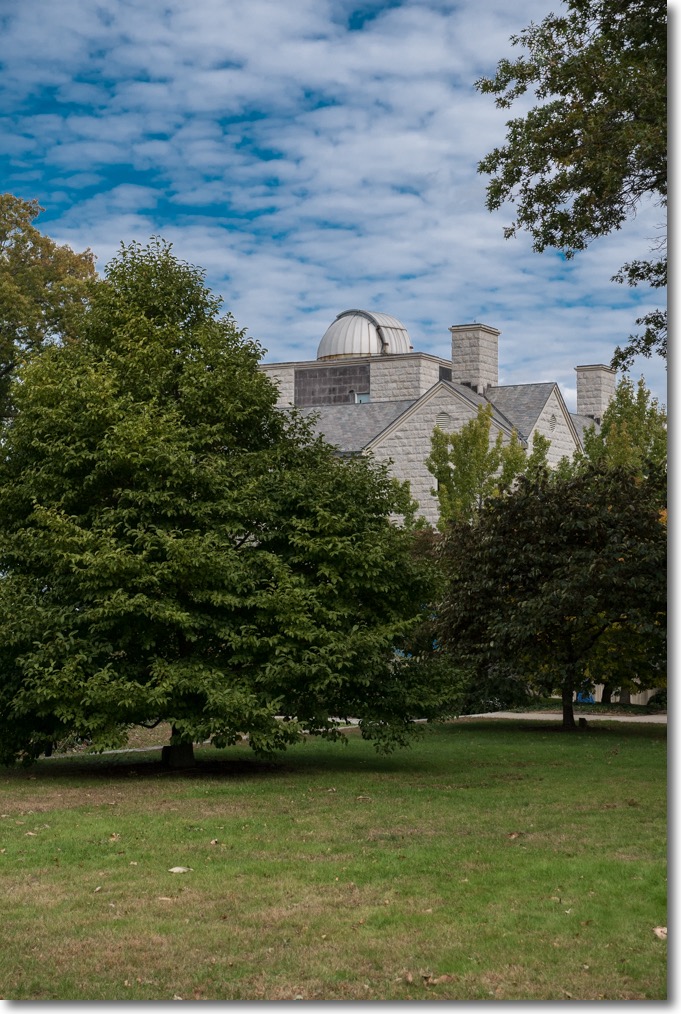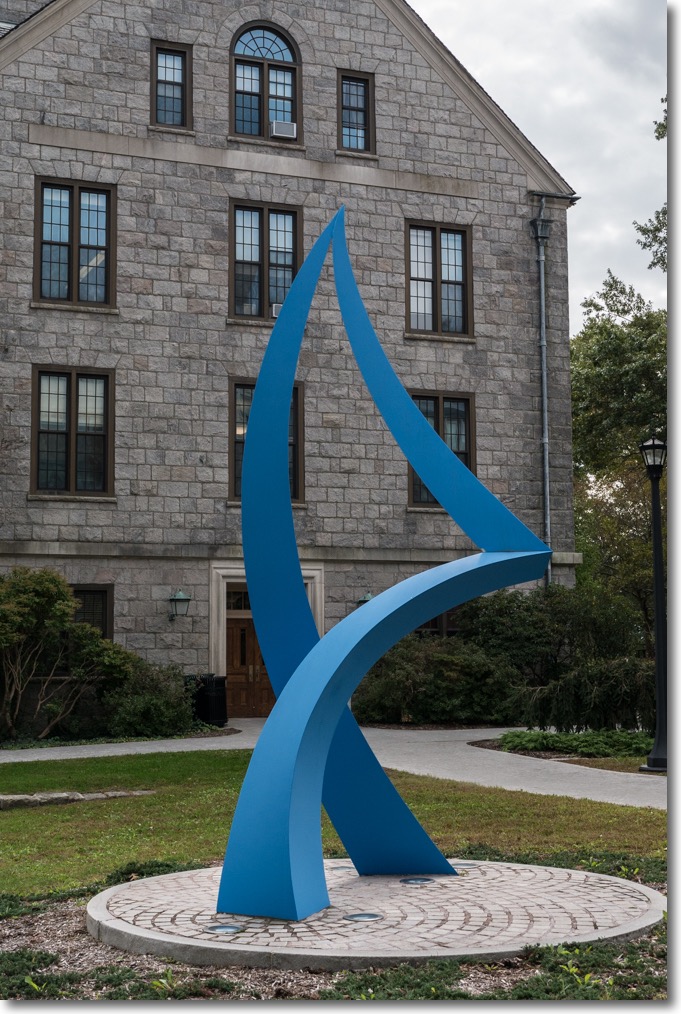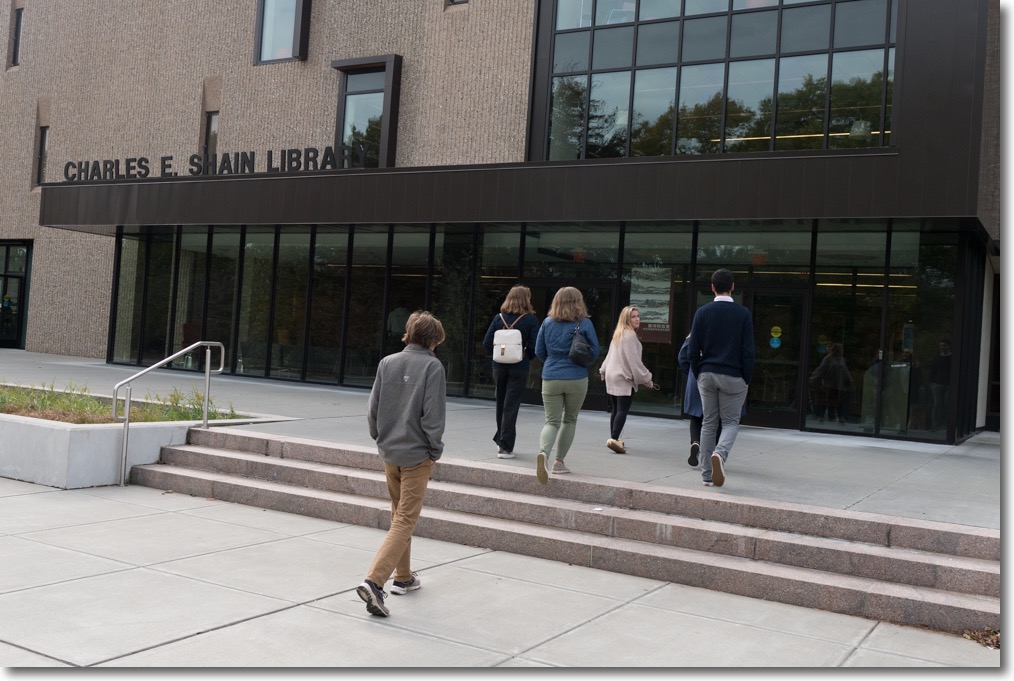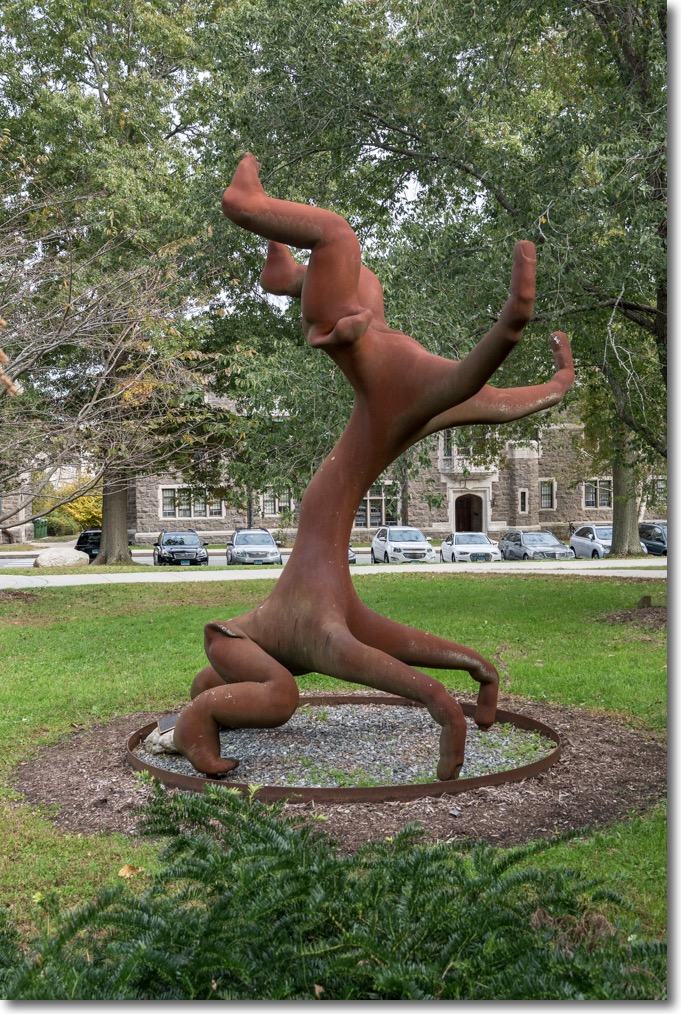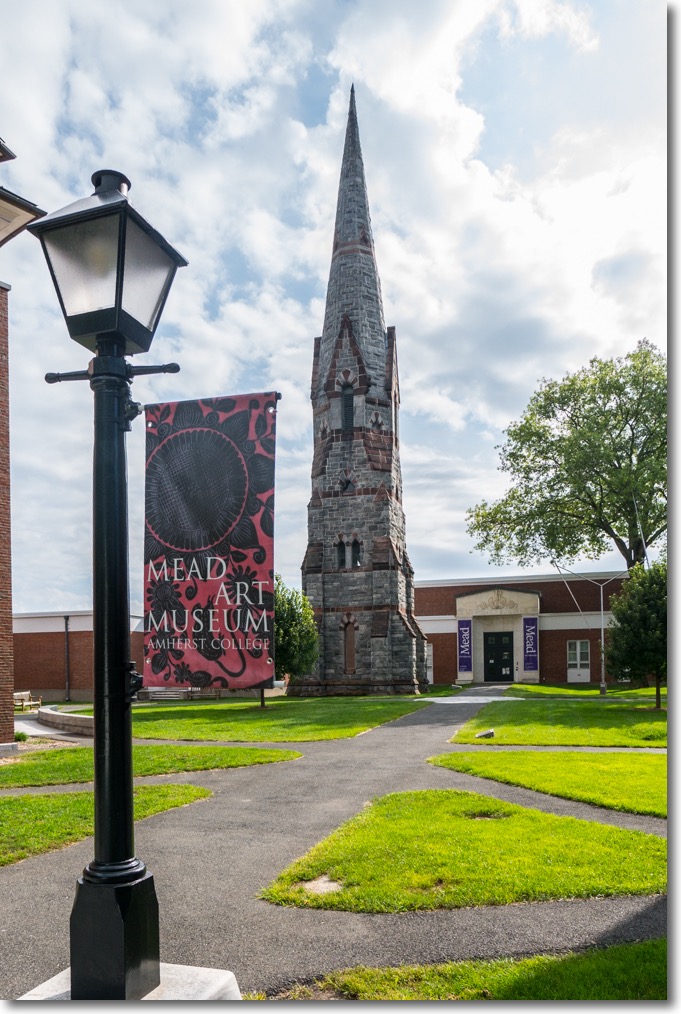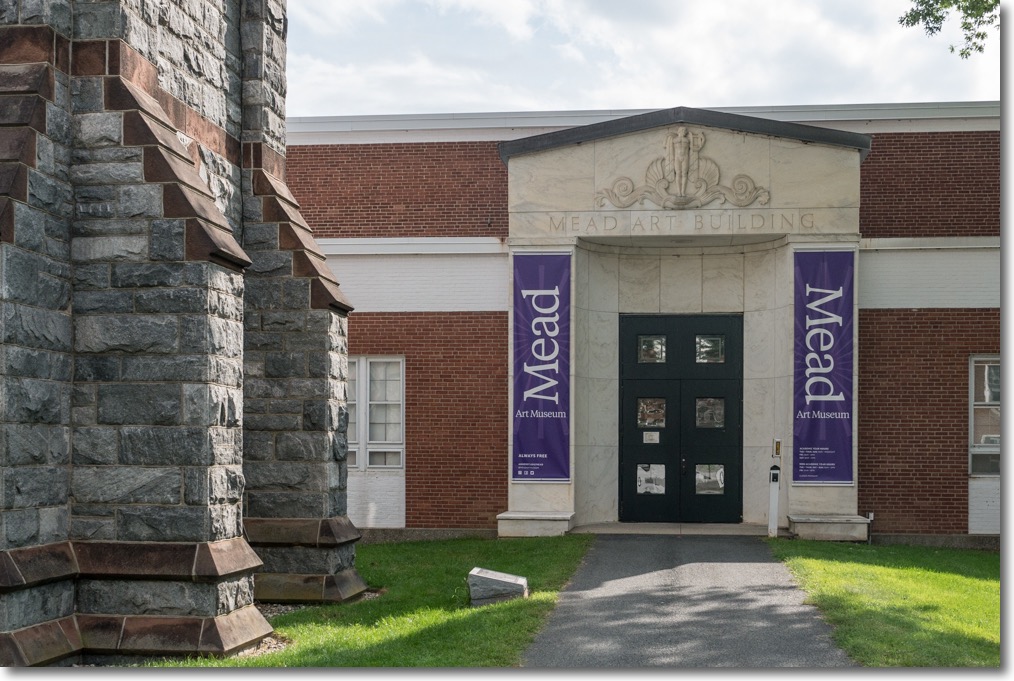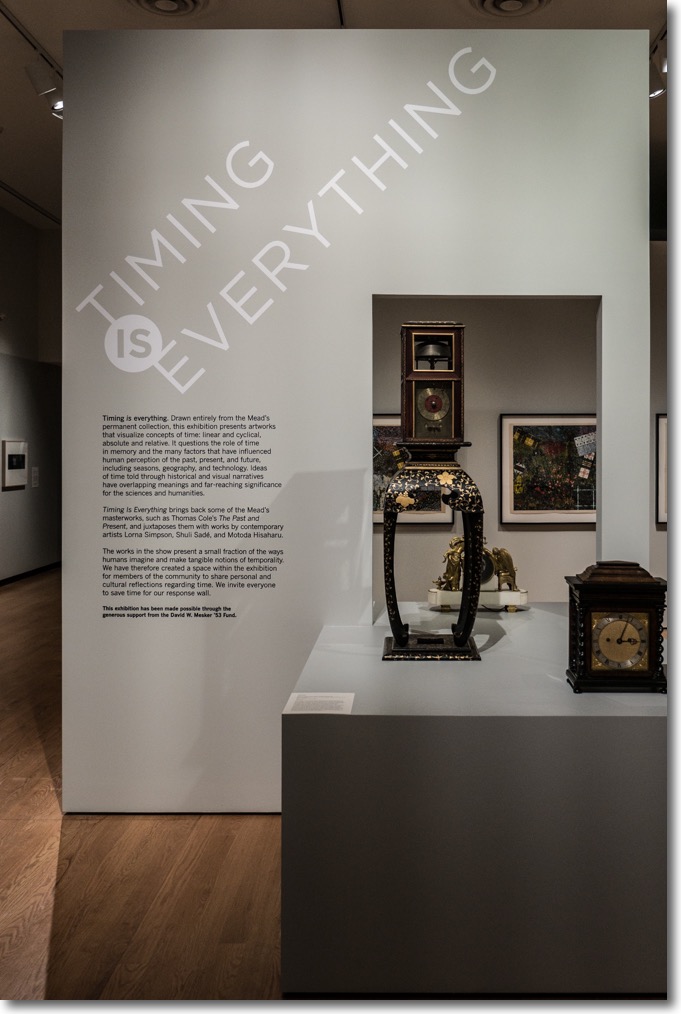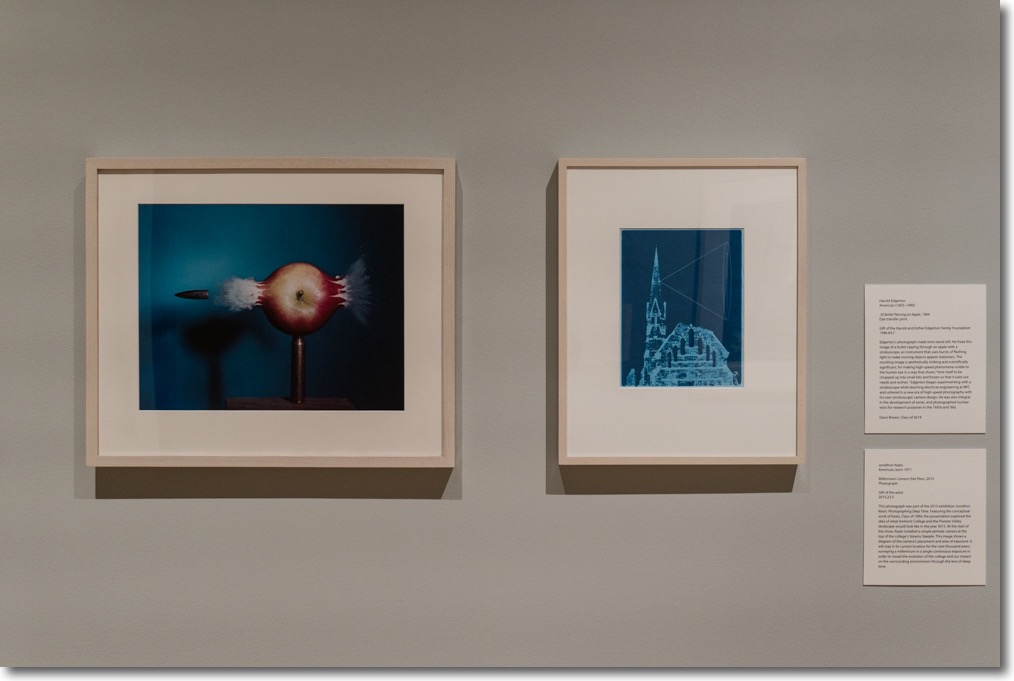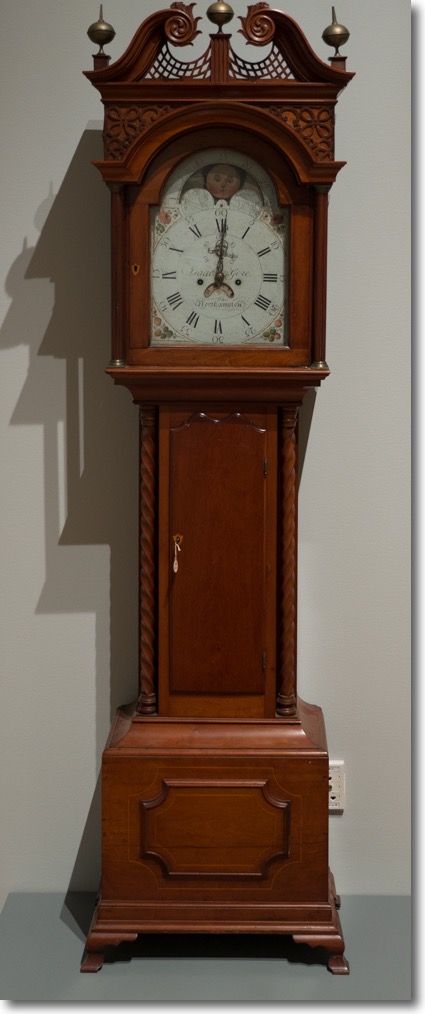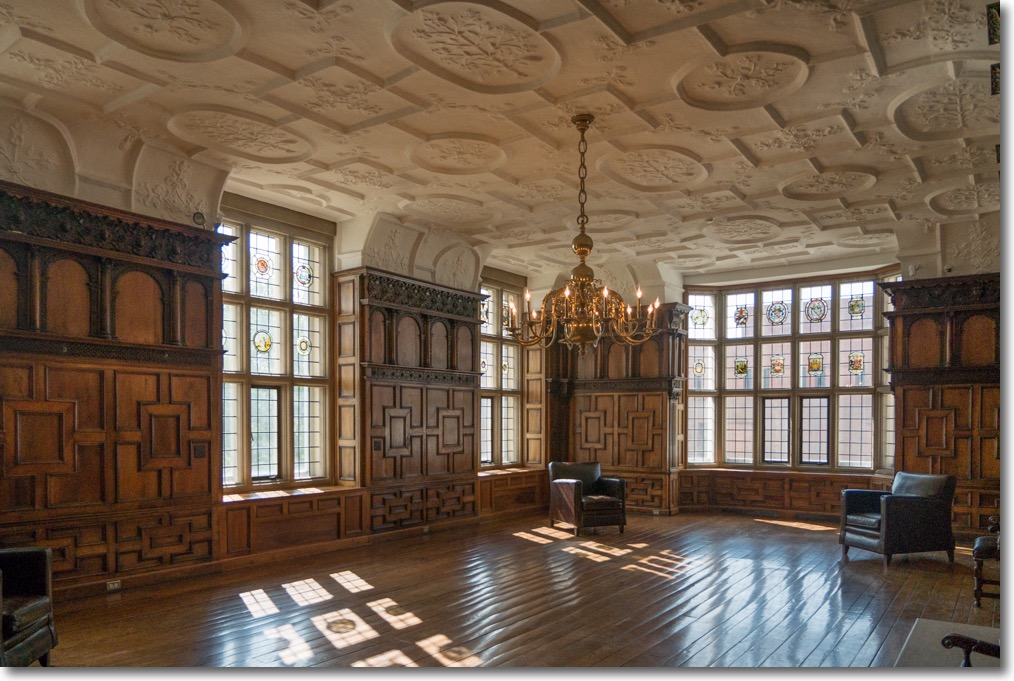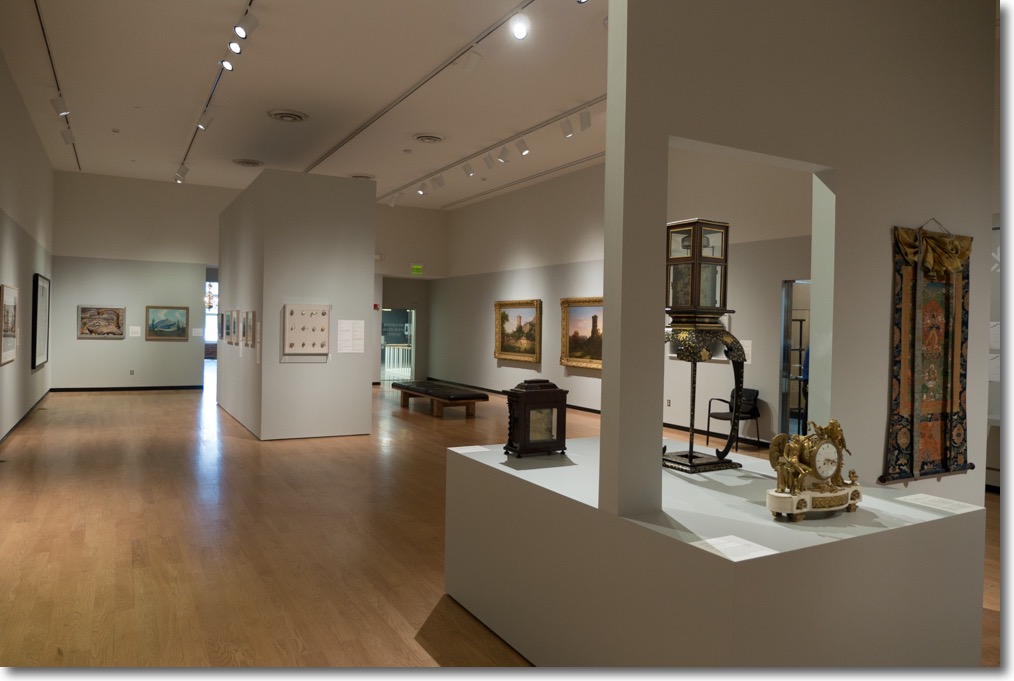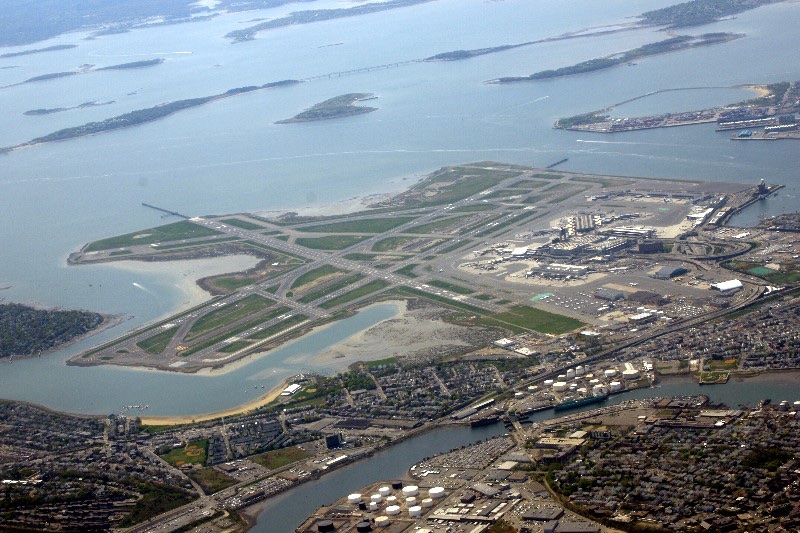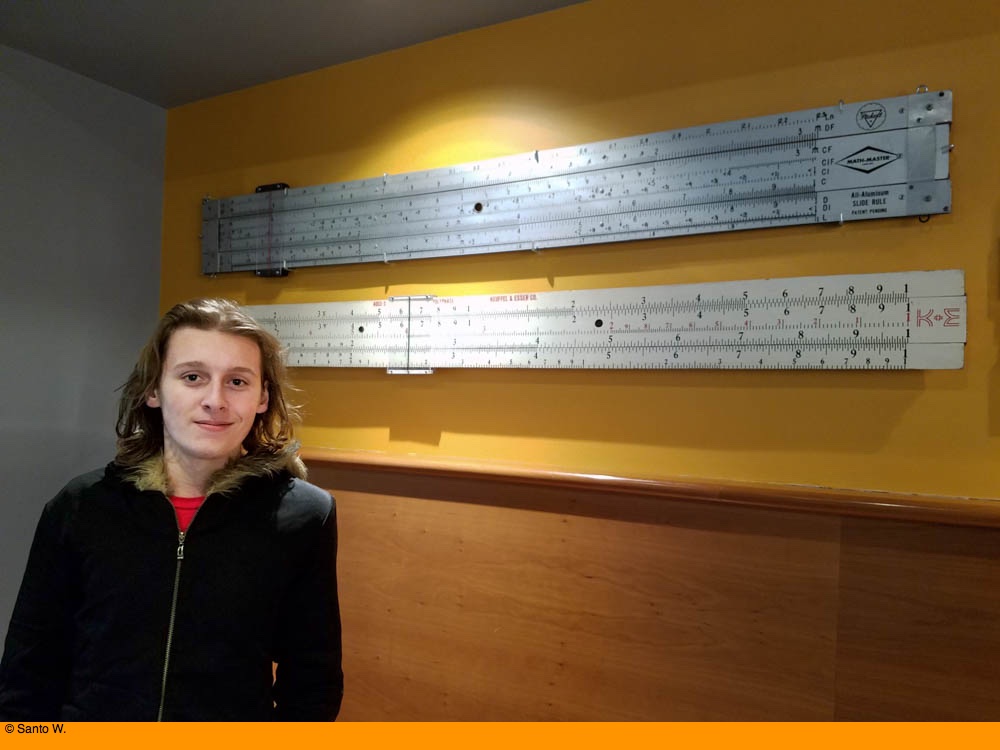As good as it gets.
For an alphabetical index of the New England College series of pieces, click here.
Swarthmore College is not an easy place to get admission to. With an acceptance rate of just 9% it rivals Harvard for exclusivity and its graduates occupy the highest reaches across any number of disciplines in the US. The small student body of just 1,620 has delivered 5 Nobels, 11 McArthurs, 30 Rhodes, 27 Truman and 10 Marshall Scholars, along with 201 Fulbright grantees. Phew! A seriously high SAT score is the key dictate for admission here. That, and the right personality fit, for this is no degree mill.
So it was with some trepidation we set foot on the campus which is a few minutes south west of America’s 6th largest city, Philadelphia. Oh! Boy!, was it ever an experience, on a picture perfect day. It’s hard to convey the glories of this richly endowed campus, whose endowment capital of $2.1 billion computes to a stunning $1.3 million per student, affording the college an 8:1 student:faculty ratio and grounds that have to be seen to be believed. From memory only Princeton, Harvard and Yale are richer on a per student basis. There is not one iota of deferred maintenance to be seen, and all is perfection. Many a moment I thought I was back in the Kew Gardens of my youth, west of London, albeit without the rain.
Swarthmore is a liberal arts college and before you start telling me that STEM is the future I would remind you that the core tenet of capitalism is to obsolete its costliest component: Labor. To that end the foretellings of Kubrick’s ‘2001: A Space Odyssey’ are writ ever louder in our society, with machine intelligence taking over from man. But one thing machine intelligence will never do is supplant human imagination, original thinking and writing. Just about anyone can do math. Few can communicate. That takes a solid liberal arts education and Swarthmore offers the best there is.
Please join with me in sharing in the abundant glories of this magnificent campus.
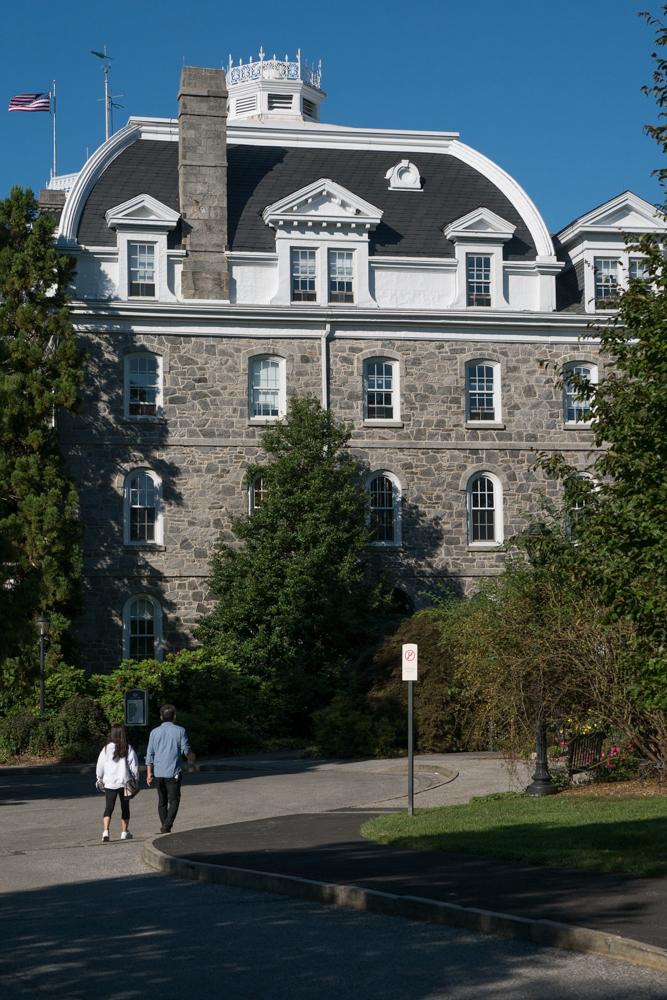
Parrish Hall is the oldest building at a school which dates from Quaker roots in 1864. Note the French-style mansard roof.
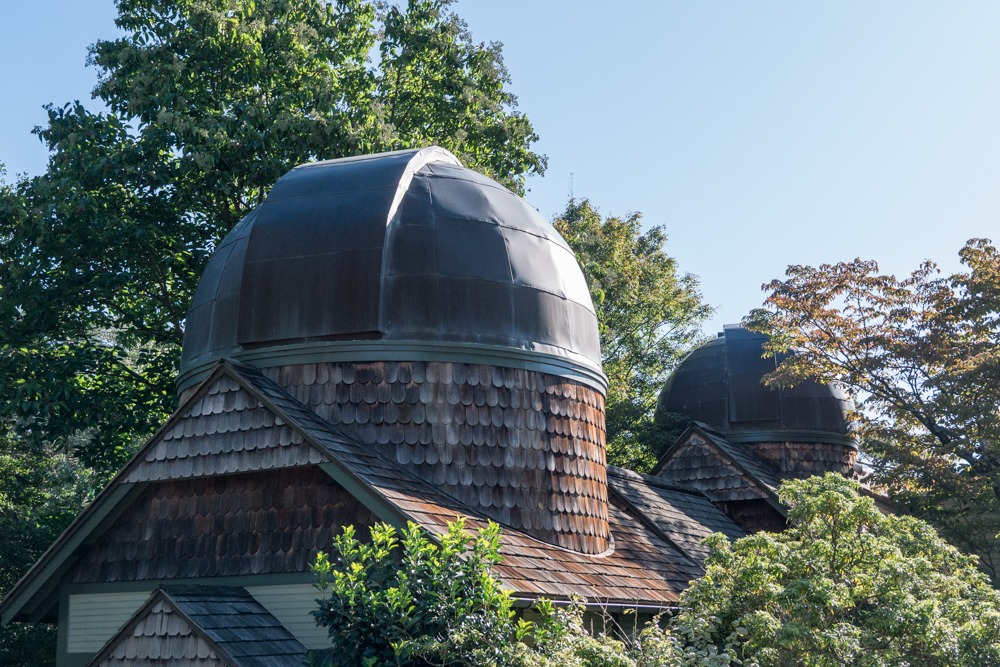
There are several observatories in the grounds.
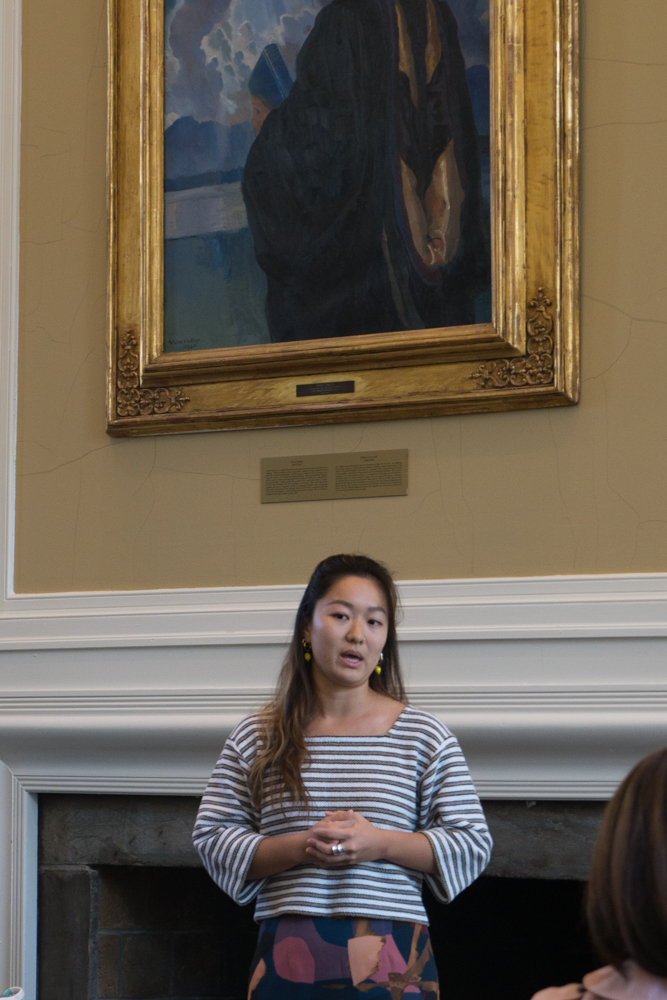
Youkun Zhou conducts the Information Session, before our Tour.
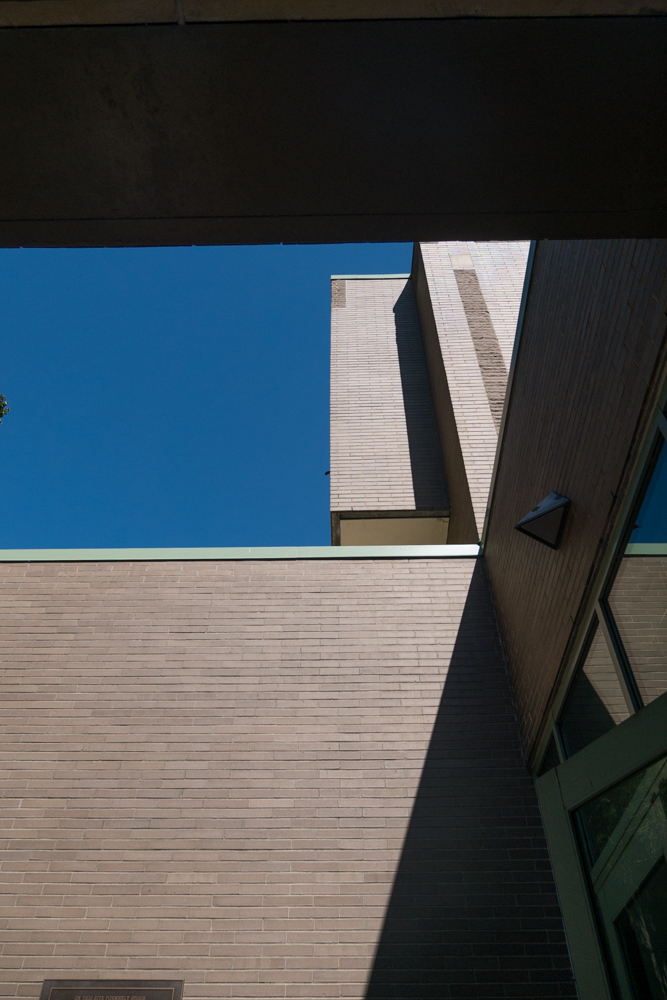
A view of the Pearson-Hall Theater which is the largest performing arts stage on campus.
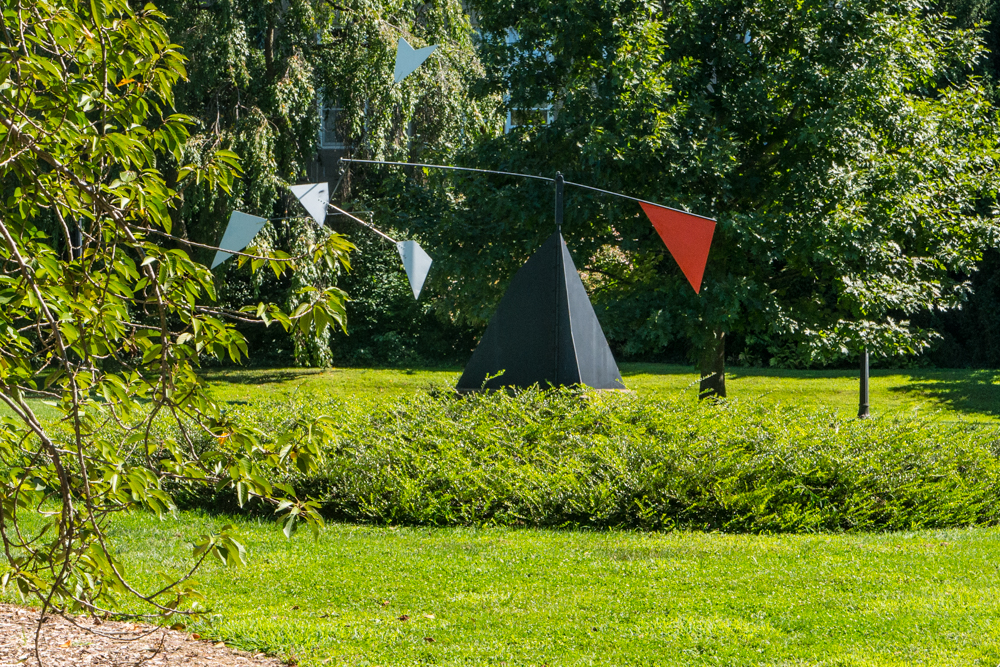
Mobile sculpture.
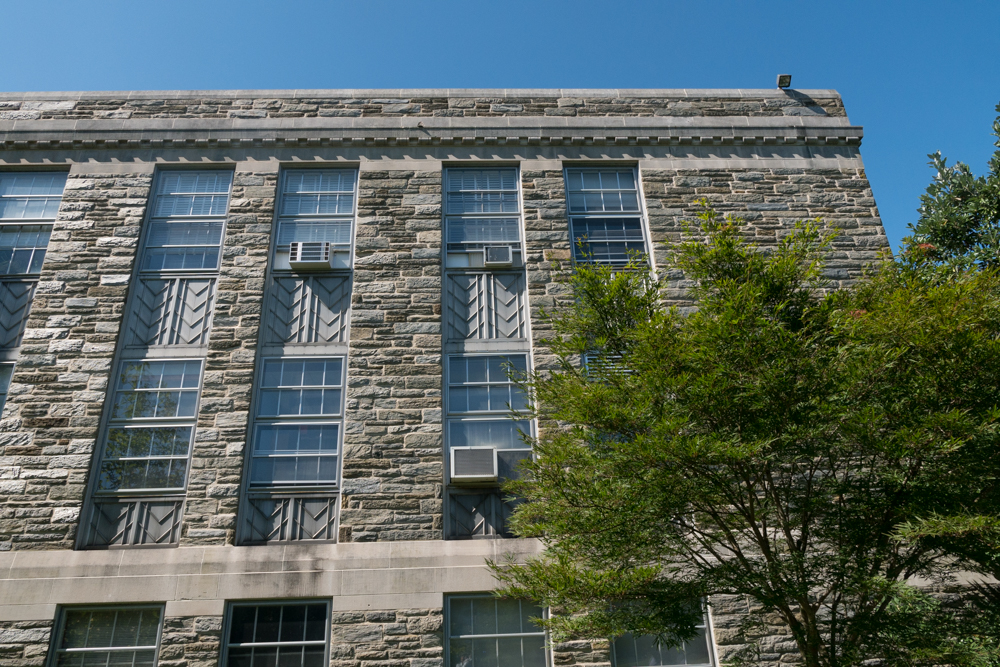
The same stone is used in all the buildings, regardless of age.
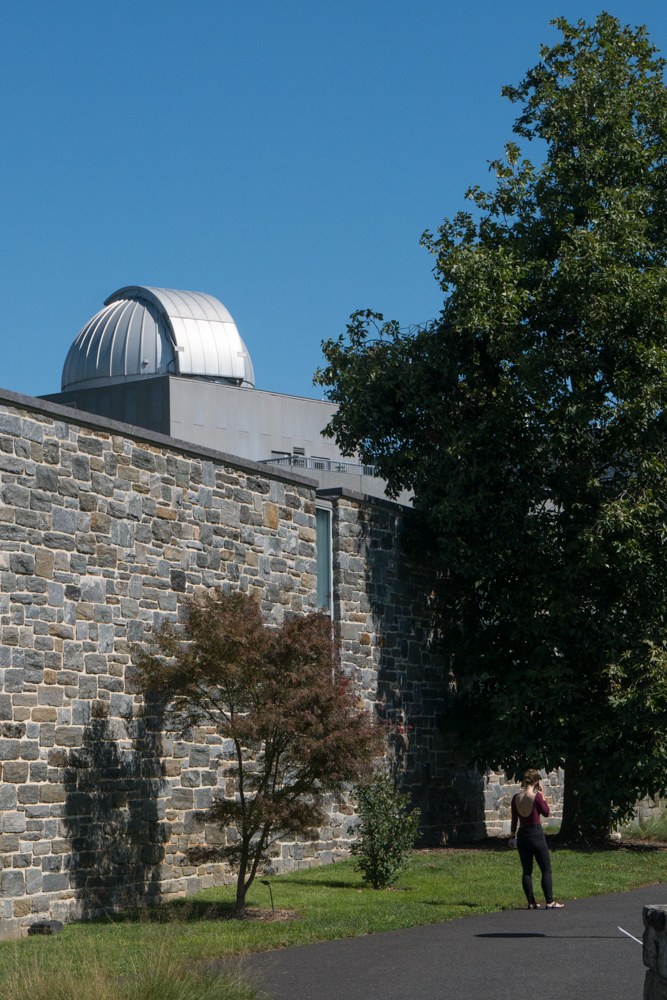
The main observatory.
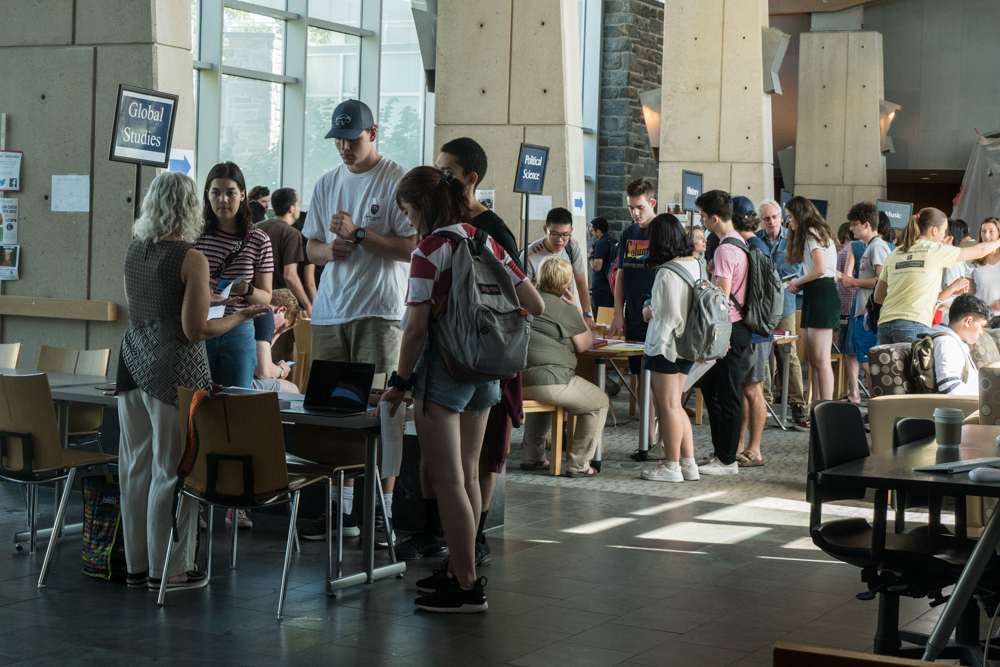
We visited on registration day, with classes starting next week. The atmosphere here was simply electric. Thrilling beyond belief.
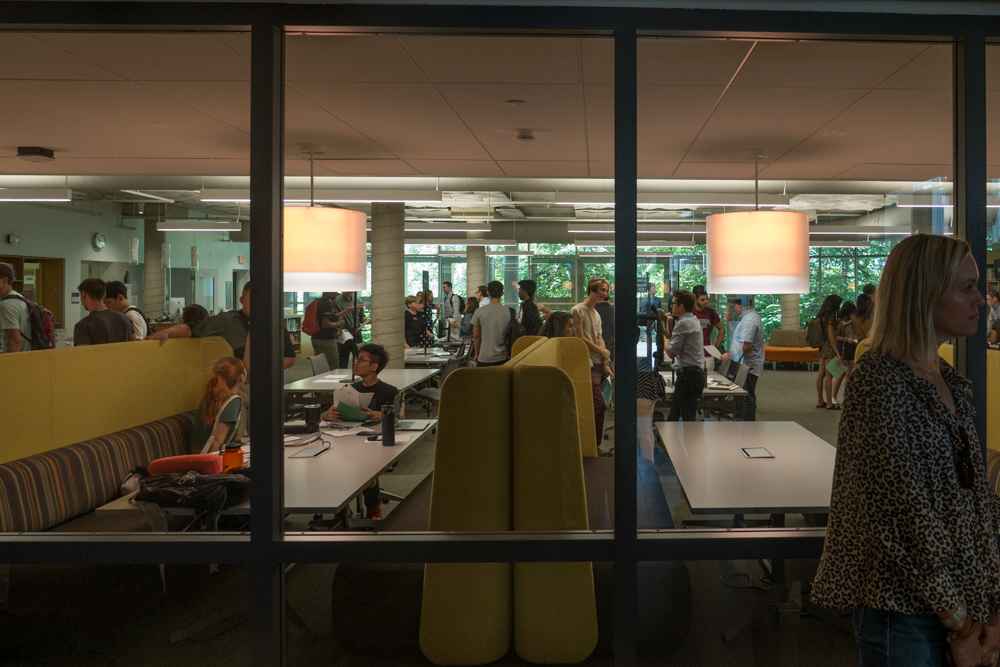
To be surrounded by tomorrow’s leaders is a rare privilege.
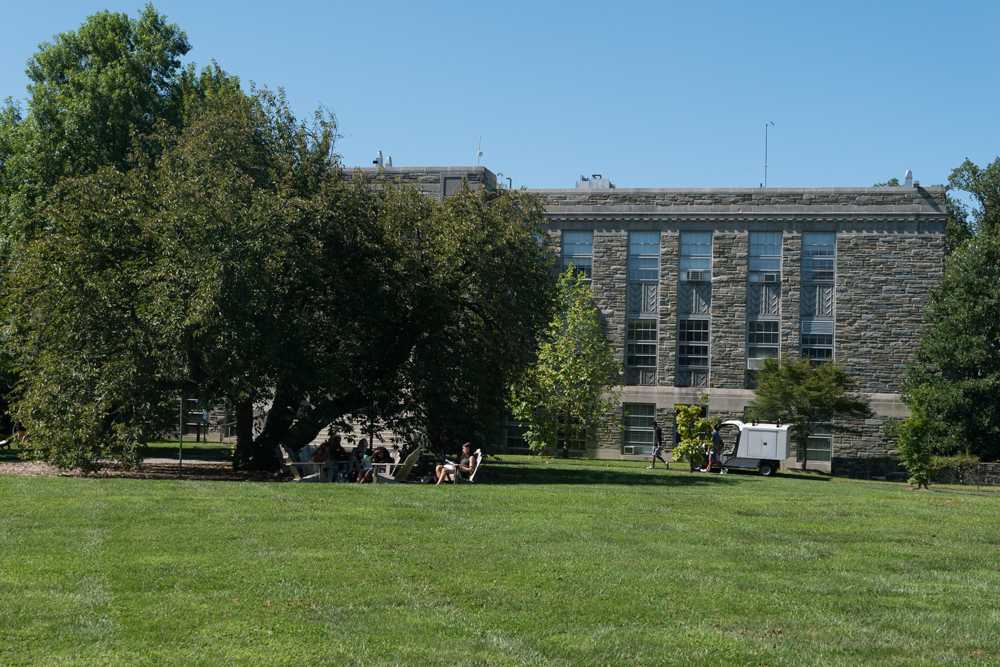
Acres of lawns make for a peaceful whole.
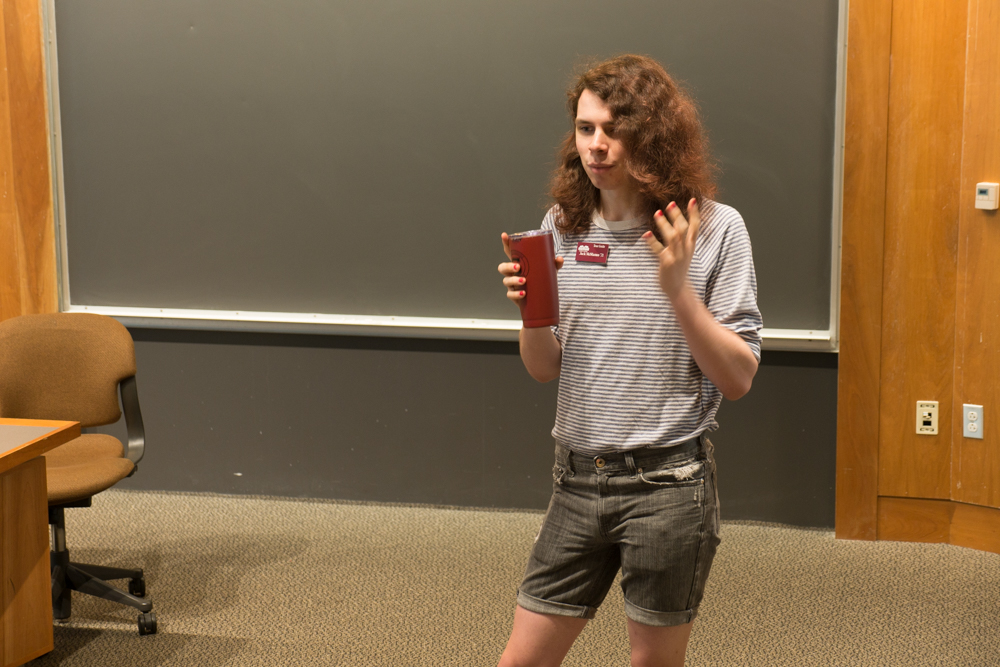
Our tour guide, Jack MacManus, hails from Hawaii. A political science Junior, Jack’s enthusiasm was infectious.
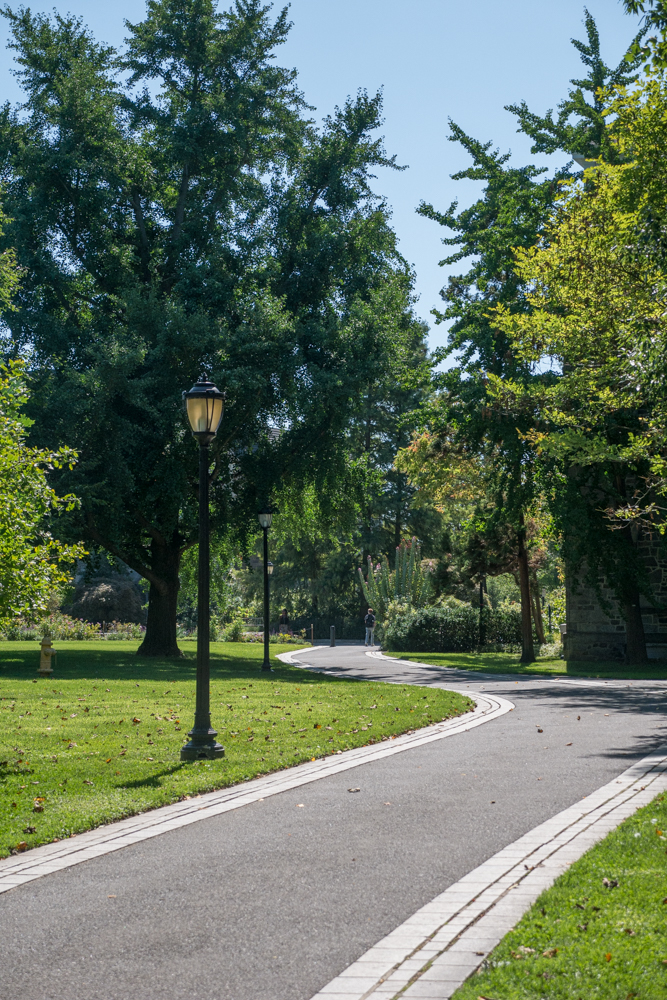
The park-like setting is conducive to peaceful thought.
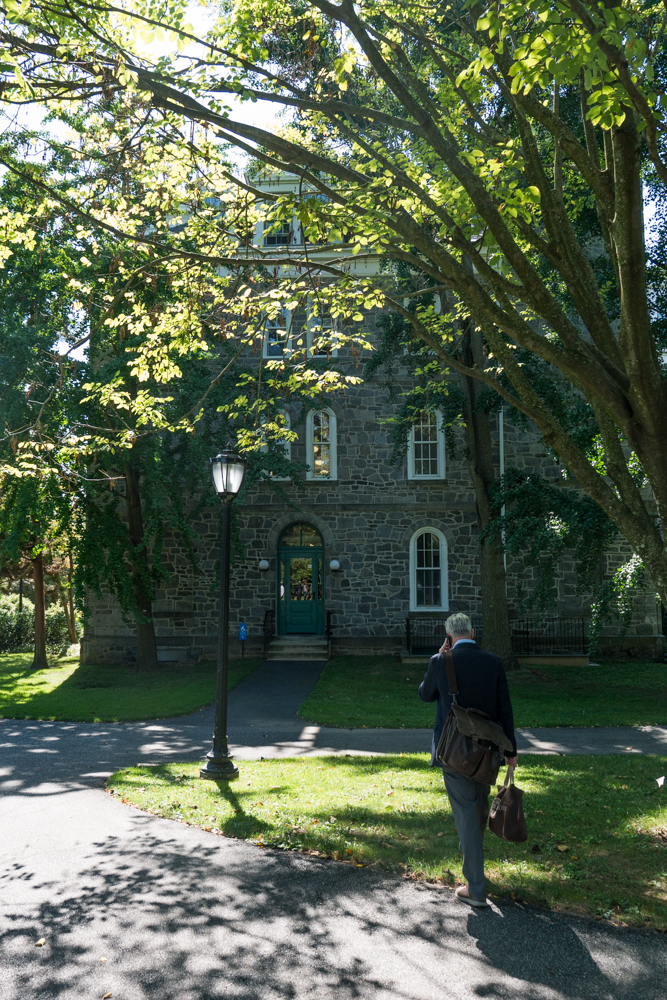
Autumn is around the corner.
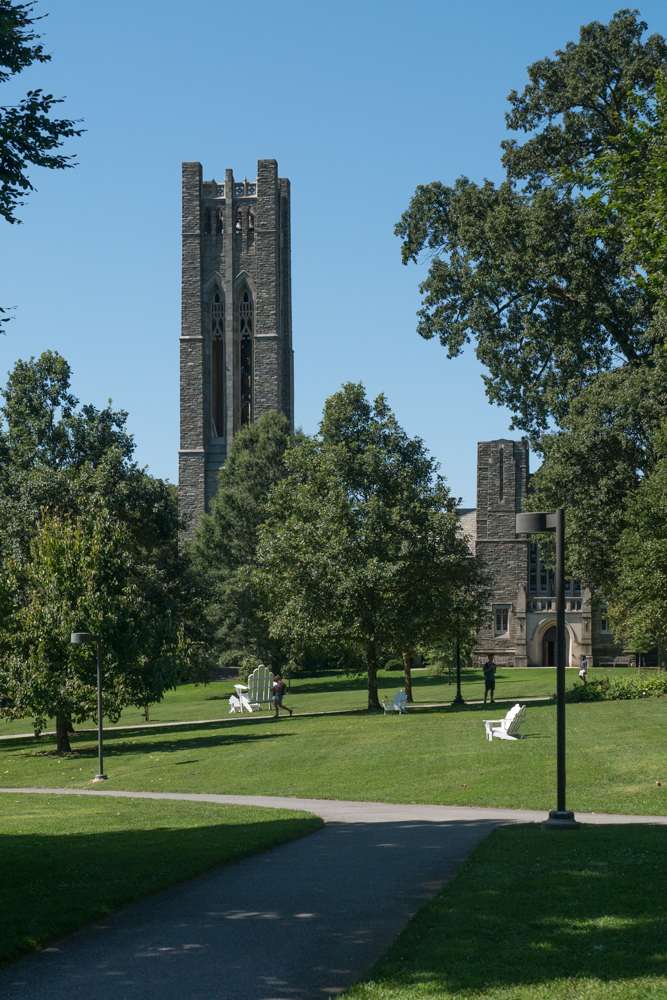
The modernistic bell tower.
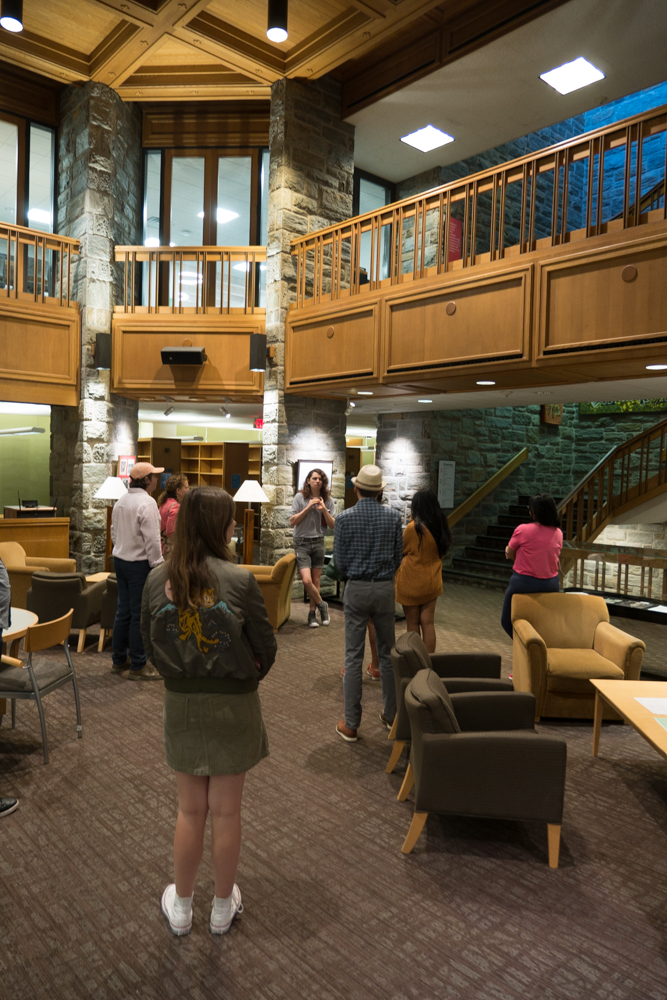
In the lovely McCabe library. My son Winston is in the straw trilby.
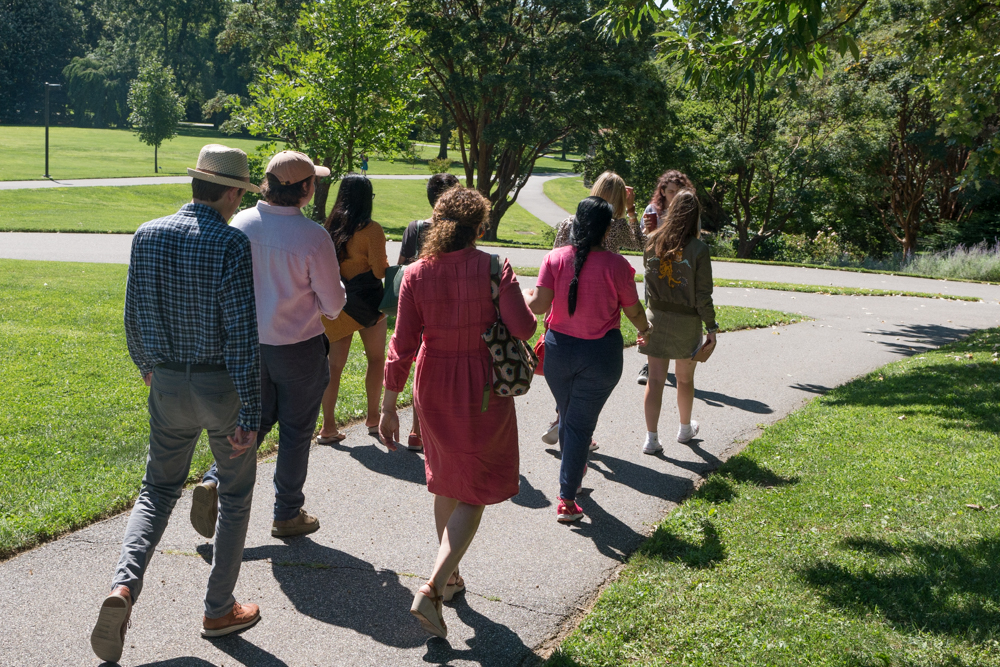
On tour in the manicured grounds.
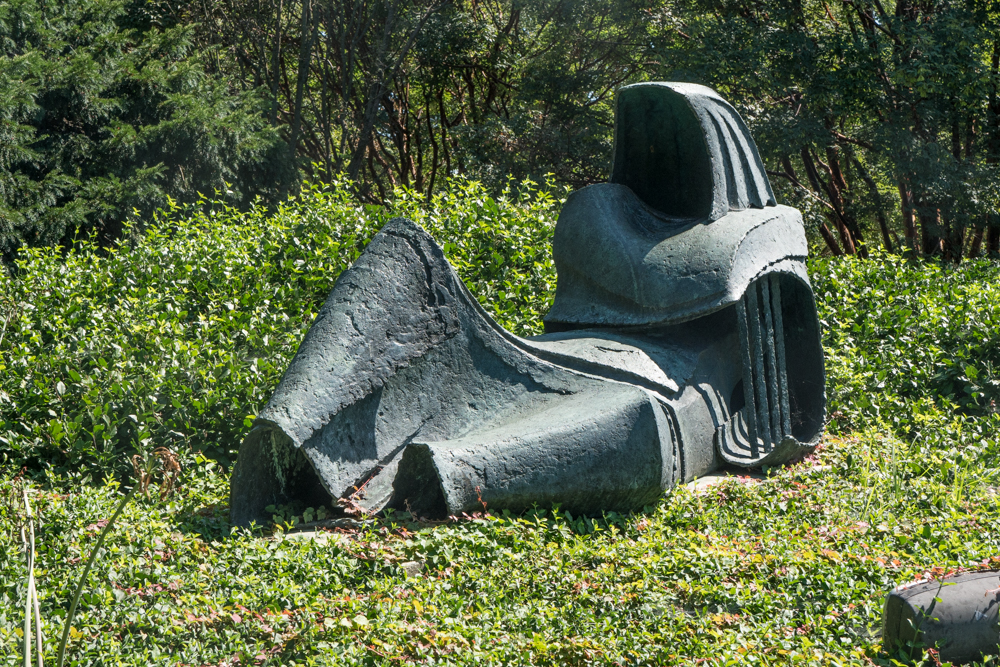
‘Sappho’ by Alekos Kyriakos, 1962.
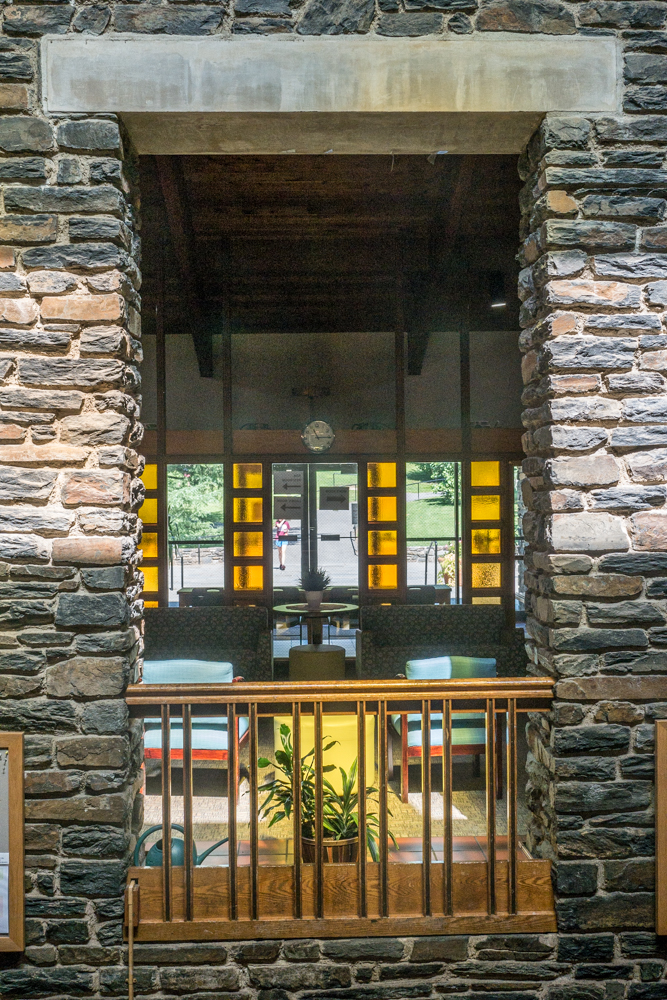
Sharples Hall is the main dining place and is beautifully designed, with walkways galore. Here’s one of the stained glass windows.

The Scott Outdoor Amphitheater. How do you improve on this?
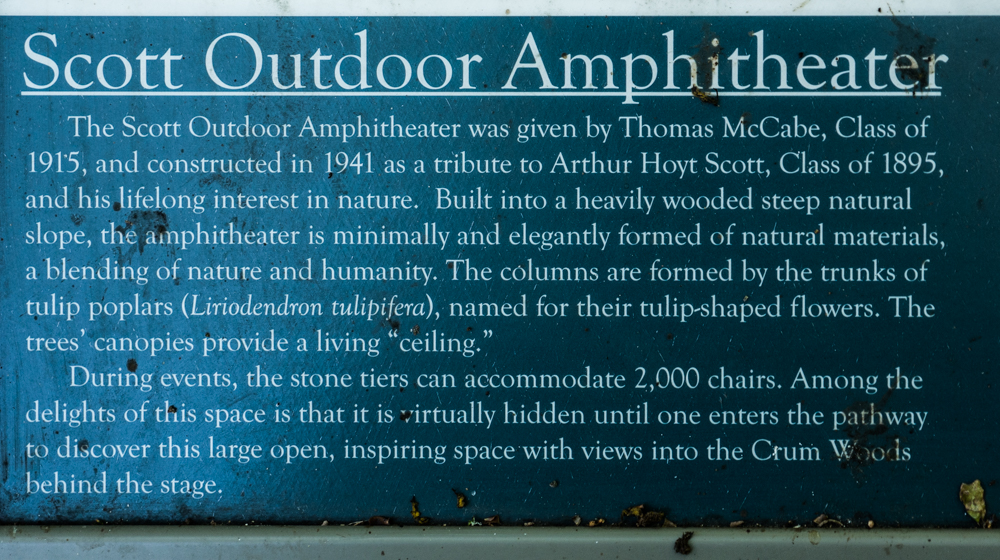
Graduation ceremonies take place here. Where else?
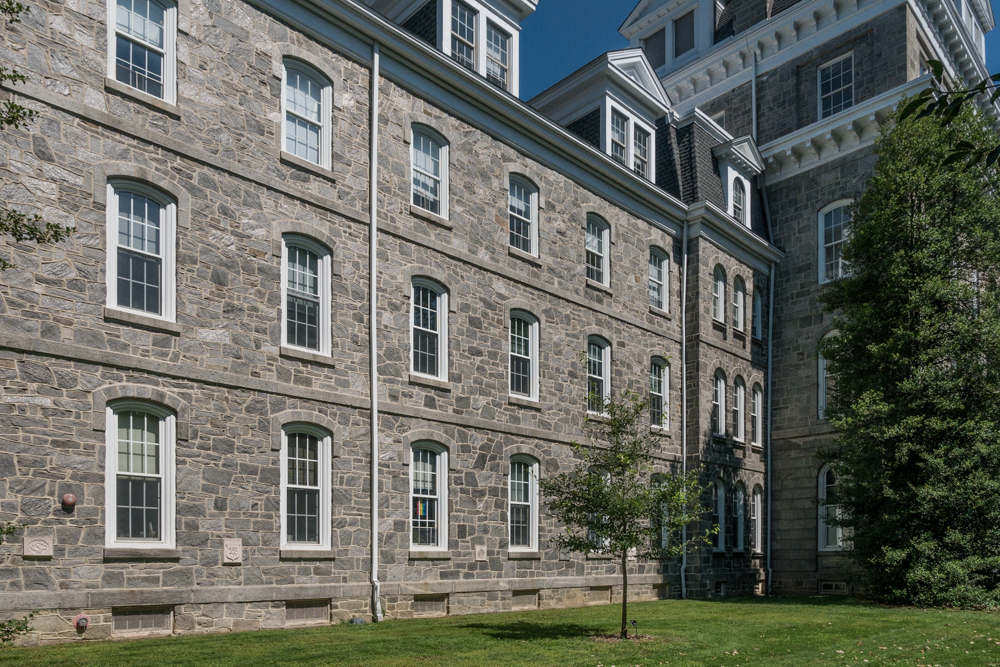
Maintenance is to a very high standard.
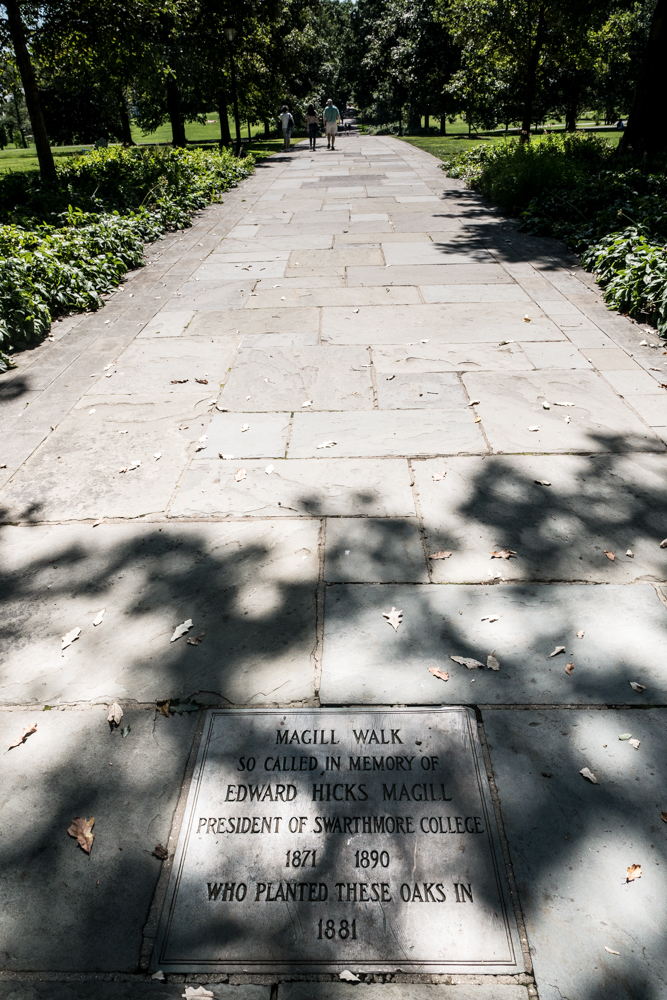
The Magill Walk leads directly from Parrish Hall to the Swarthmore train station, which is on the campus. The alley of oak trees was planted in 1881 – those on the right are smaller as their opposite numbers shield them from the sun!
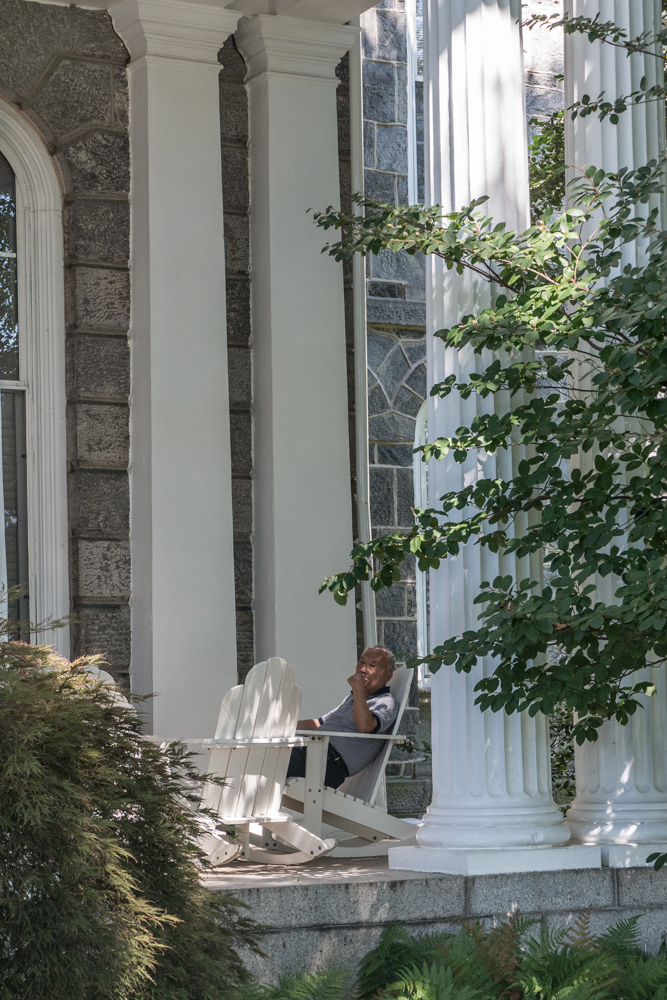
Adirondack chairs make for a pleasant way to relax.
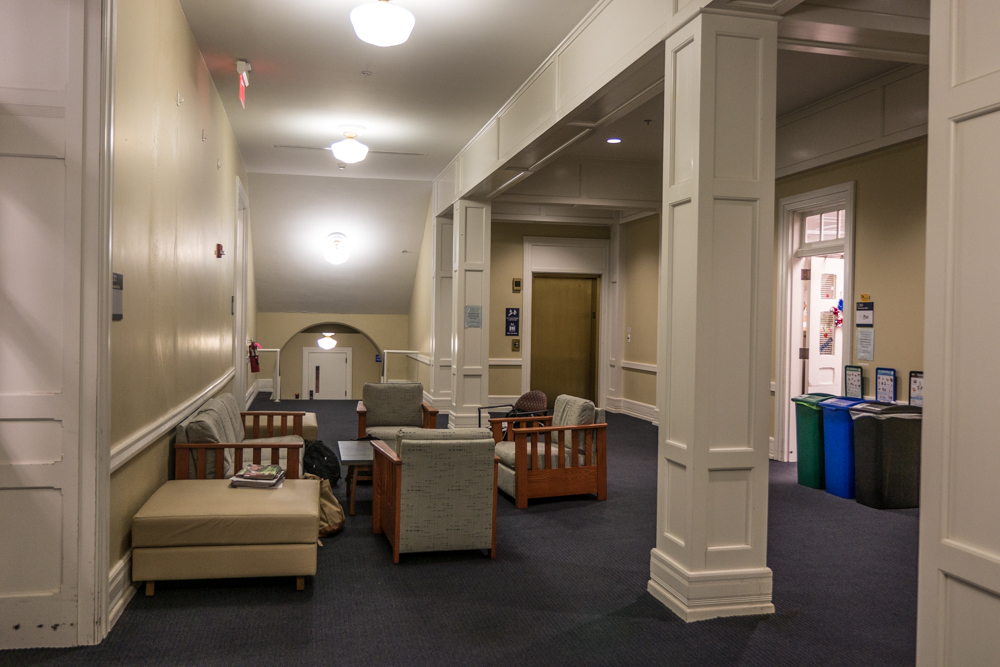
Dorm standards are fully consonant with the rest of the campus. Here is a common area in one of the dorms, mostly co-ed.
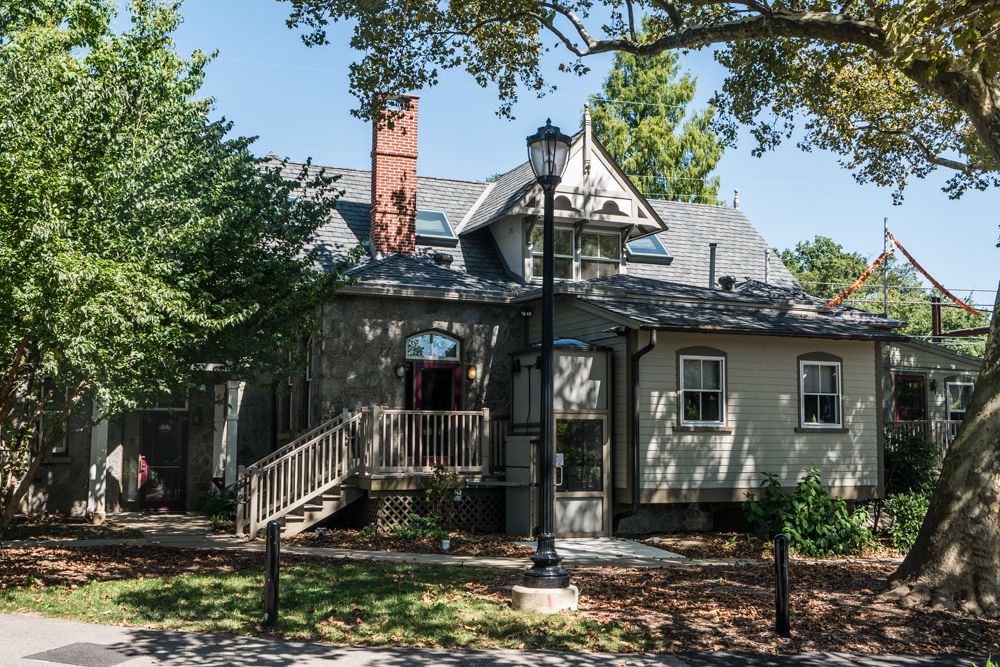
A charming cottage at the local Swarthmore train station which is a 10 minute walk from Parrish Hall.
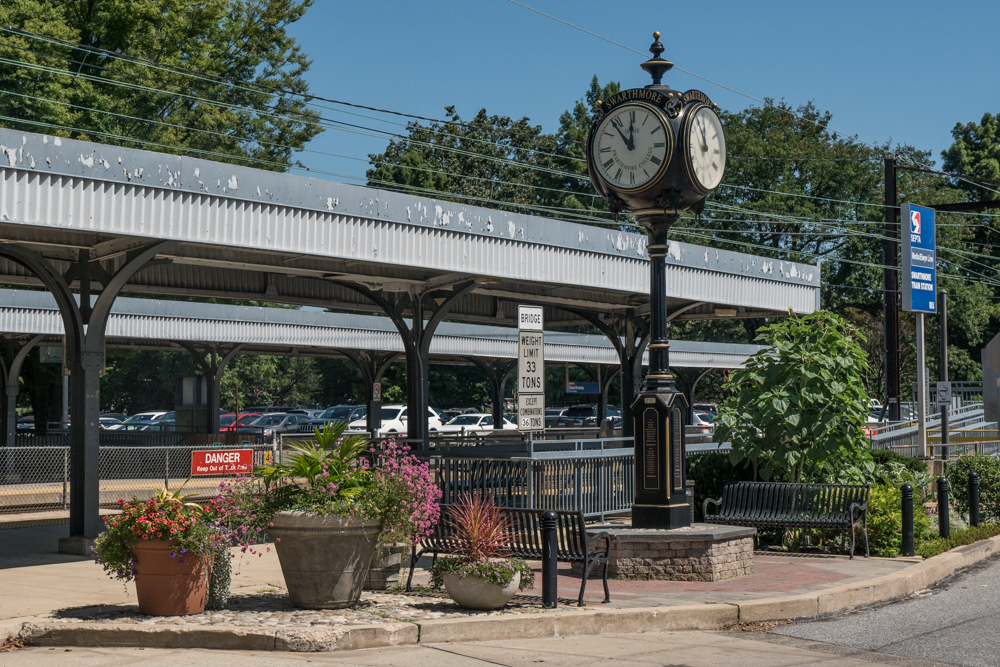
You can be in central Philadelphia in just 10 minutes.
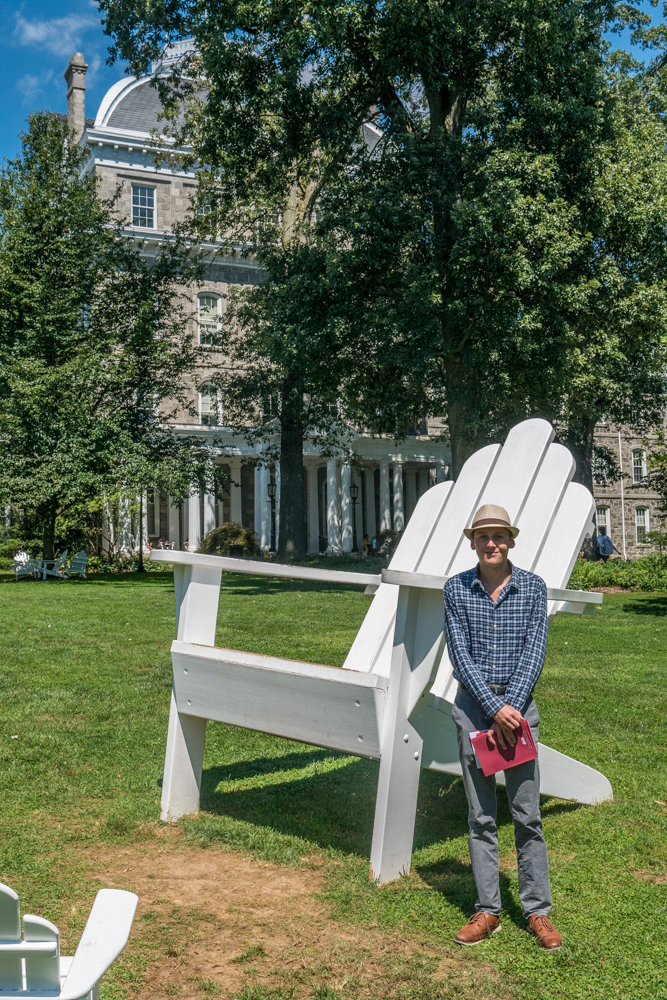
In the style of Claes Oldenburg, Winston models the giant Adirondack chair, with Parrish Hall behind.

Where it all comes together. Winston concluded our visit with an interview here. Luckily, the professional staff includes several alumni from his prep school, Northfield Mount Hermon. It’s always nice to be among friends.
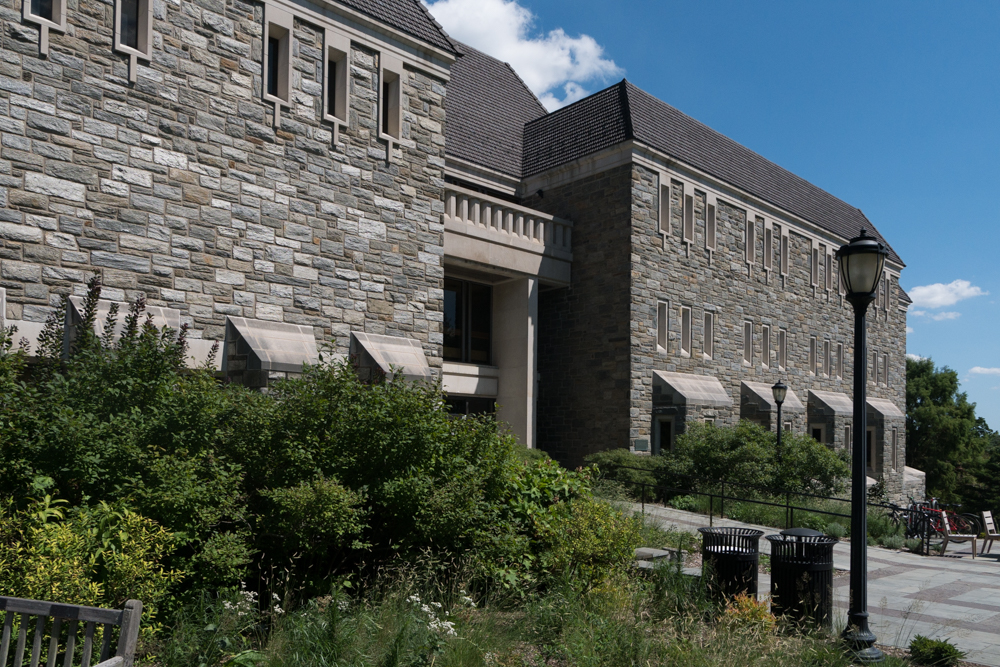
A final view of perfection.
What an extraordinary campus, and what a special day in the life of my son. The small world feel and the open and generous nature of the many students we spoke with was a flashback for Winston to the fall of 2015 when he first interviewed at Northfield Mount Hermon, his Massachusetts prep school. On that day, long past, he told me that NMH was his school of choice. Today his emotions were similar.
